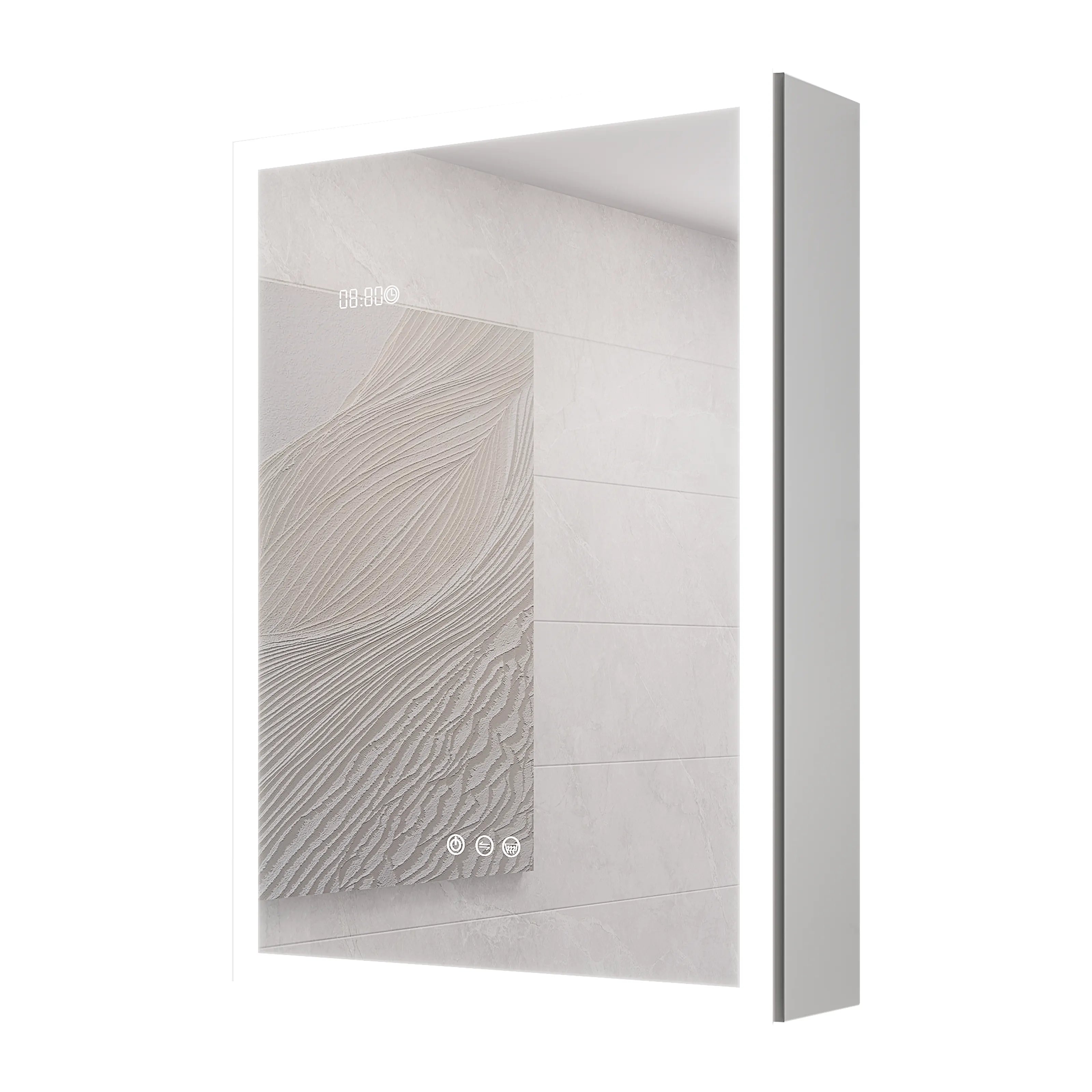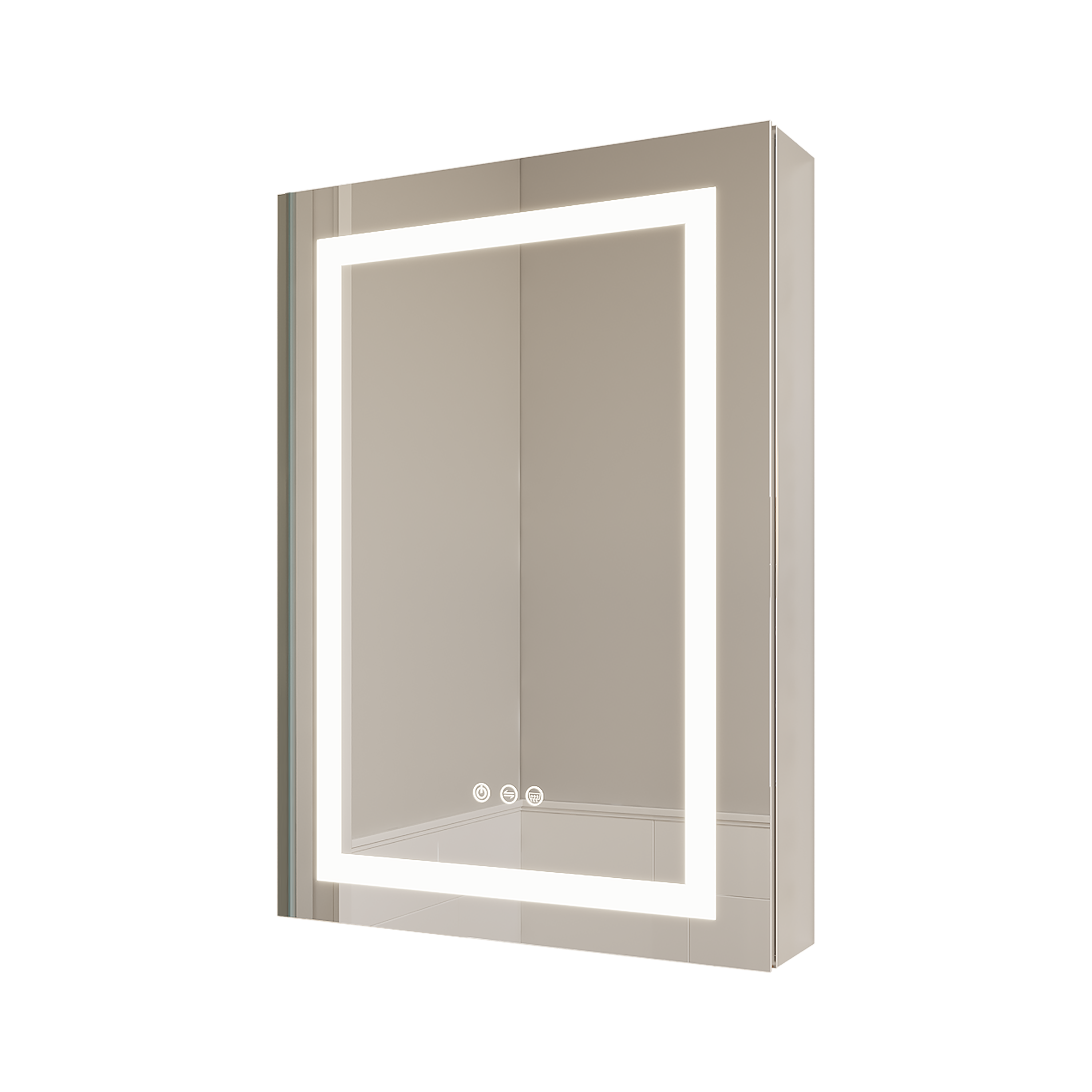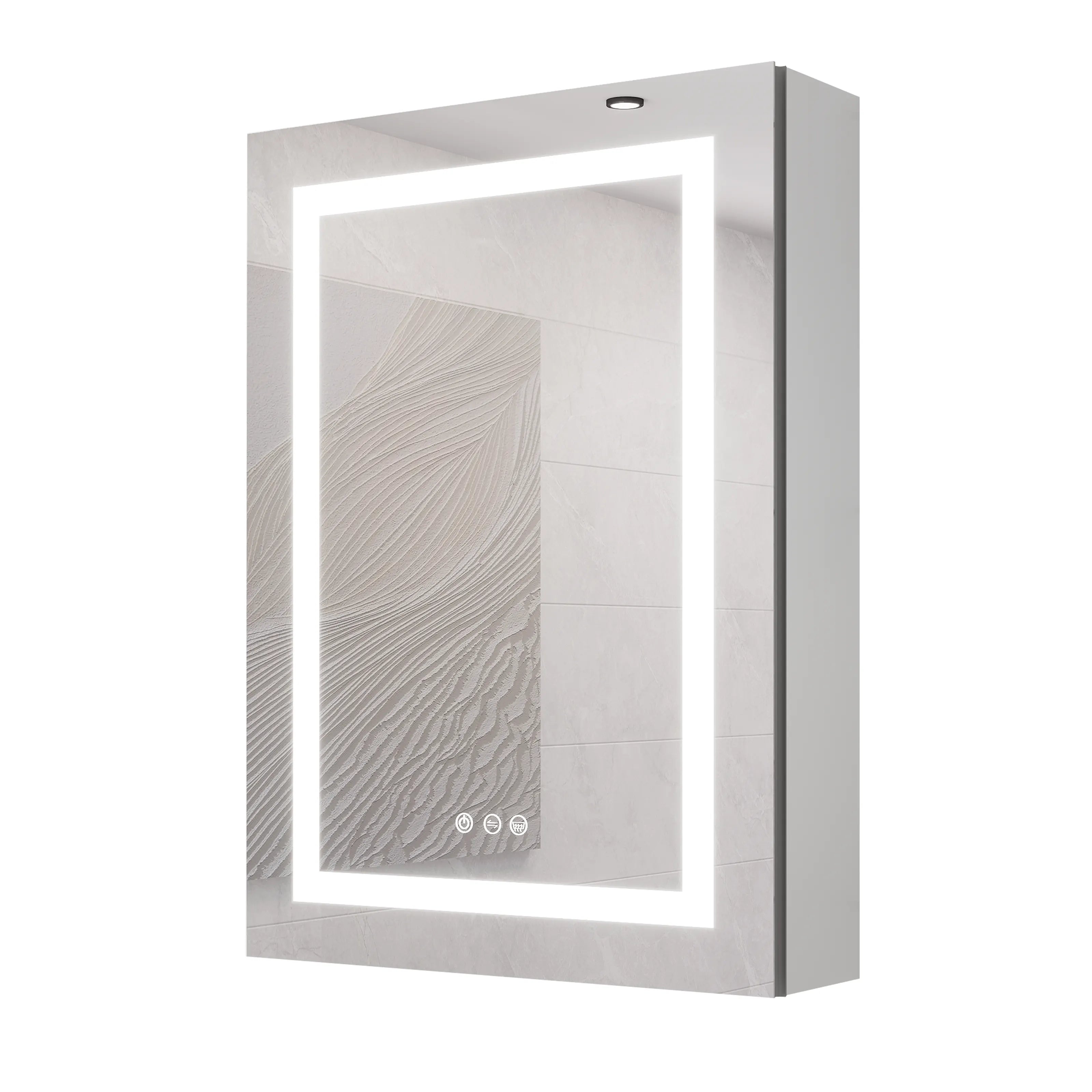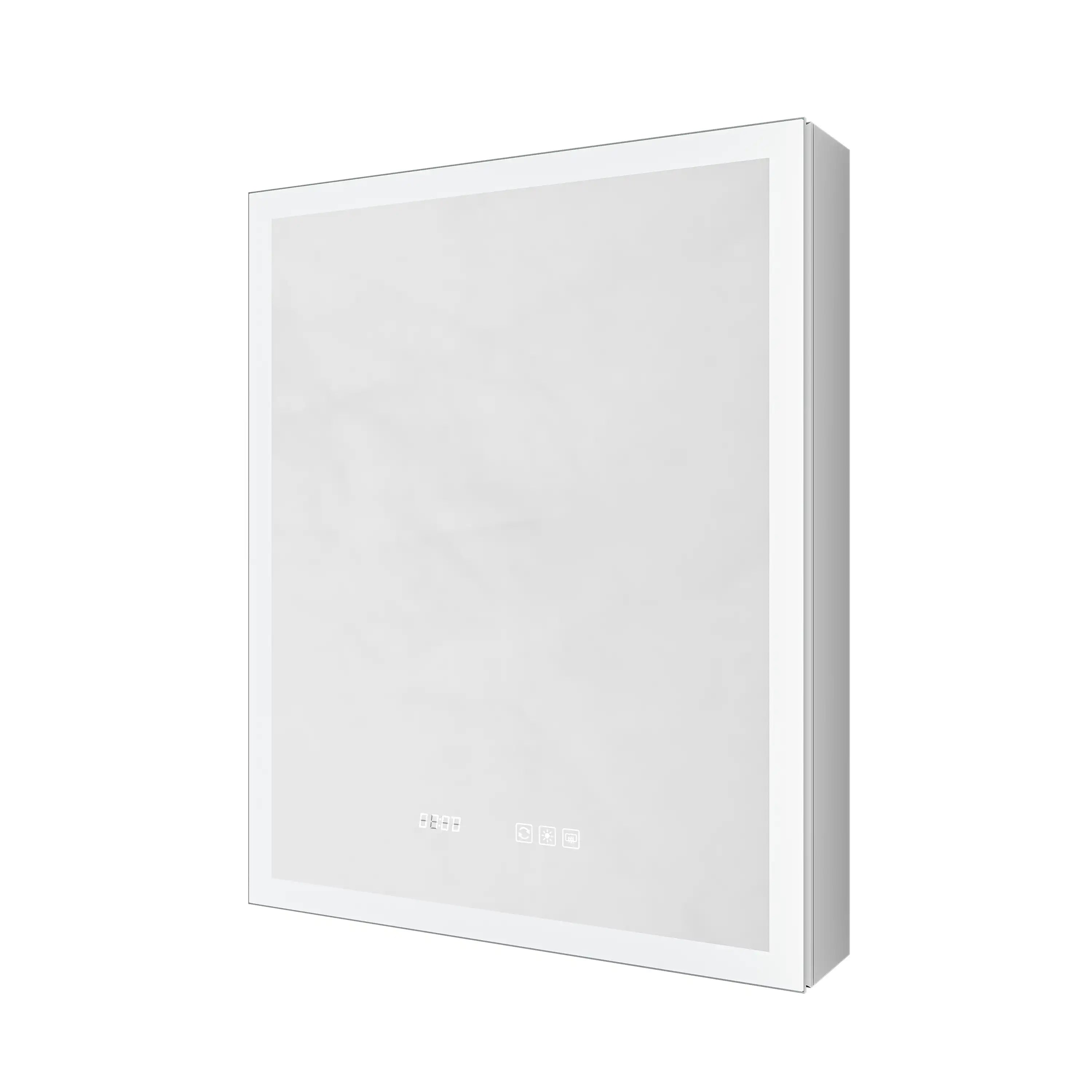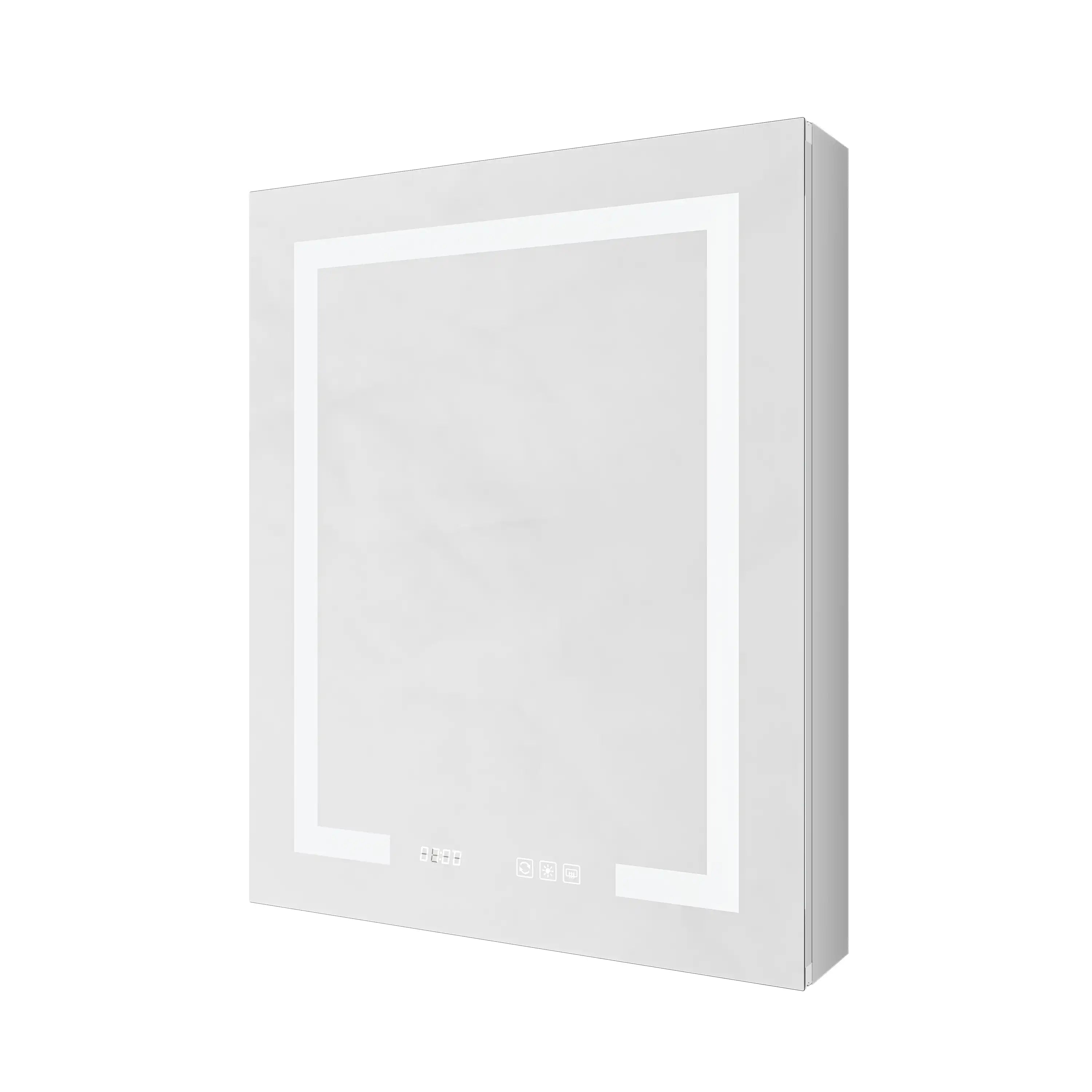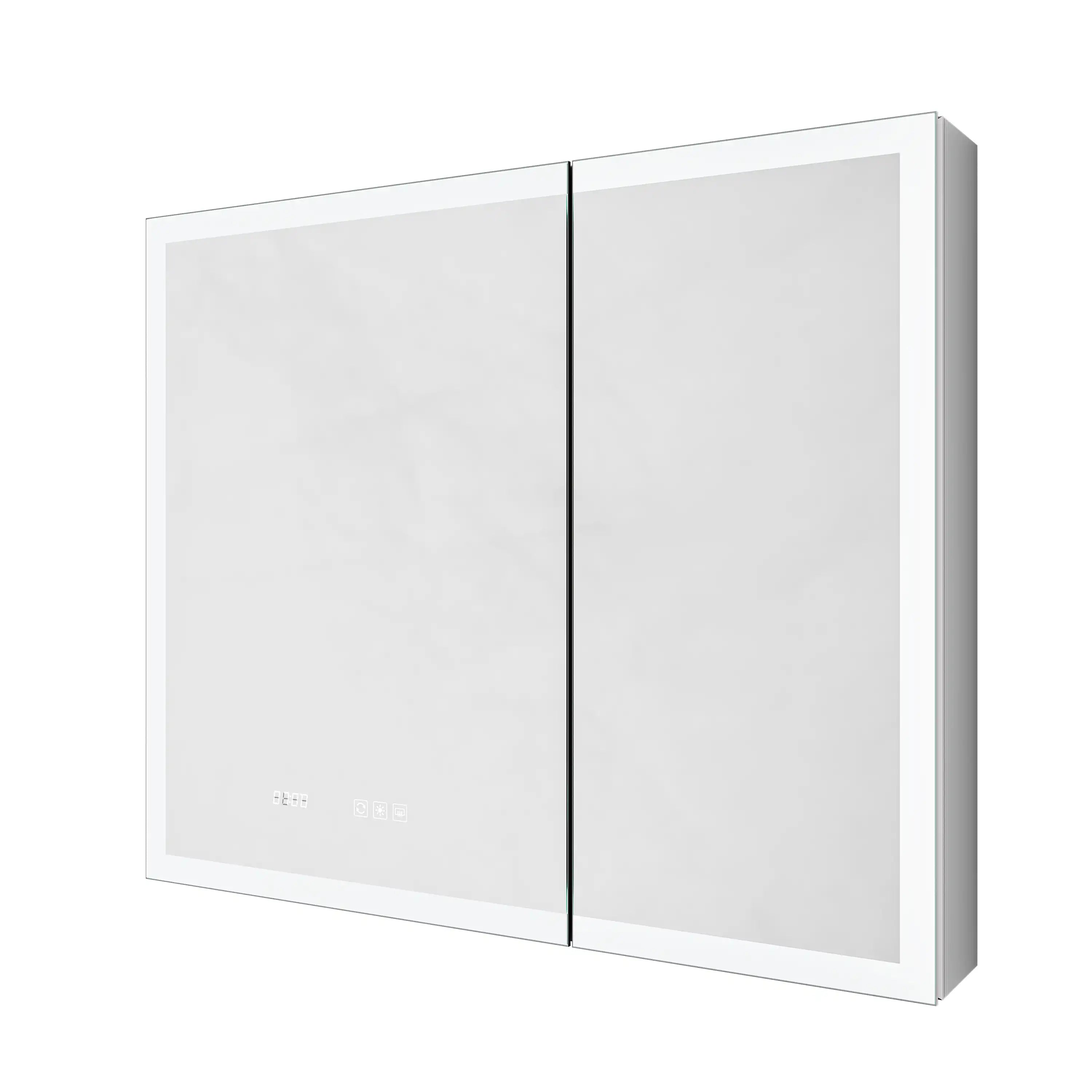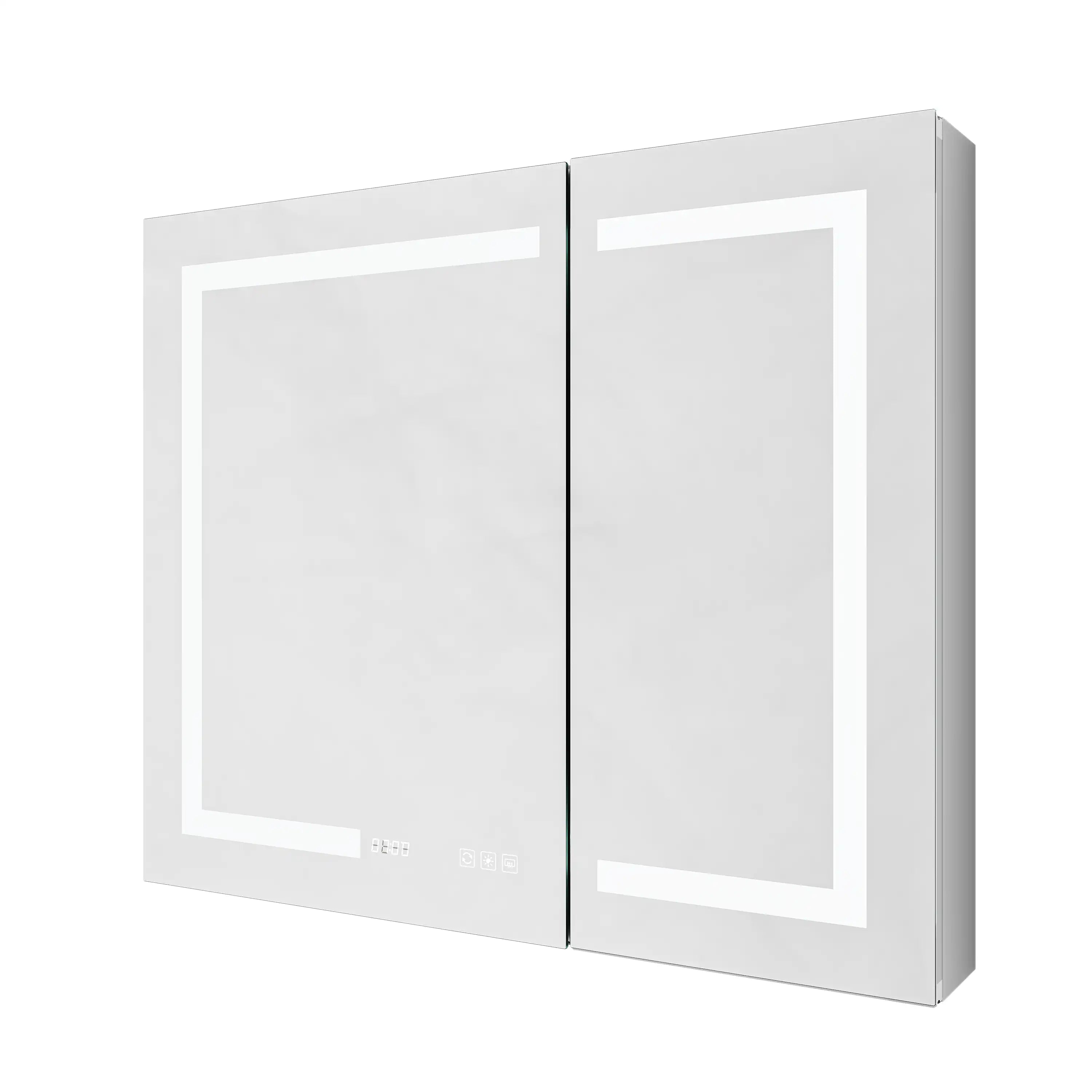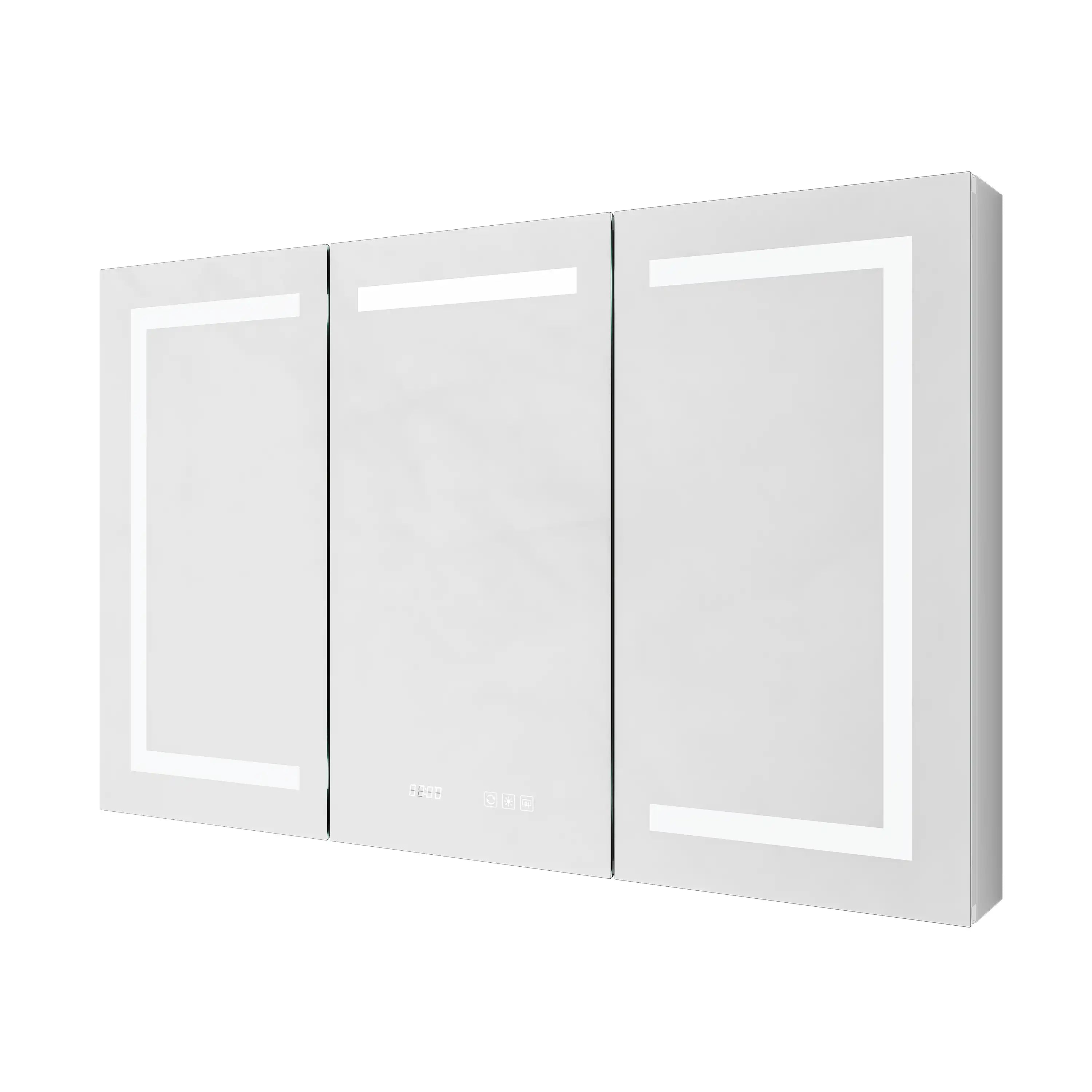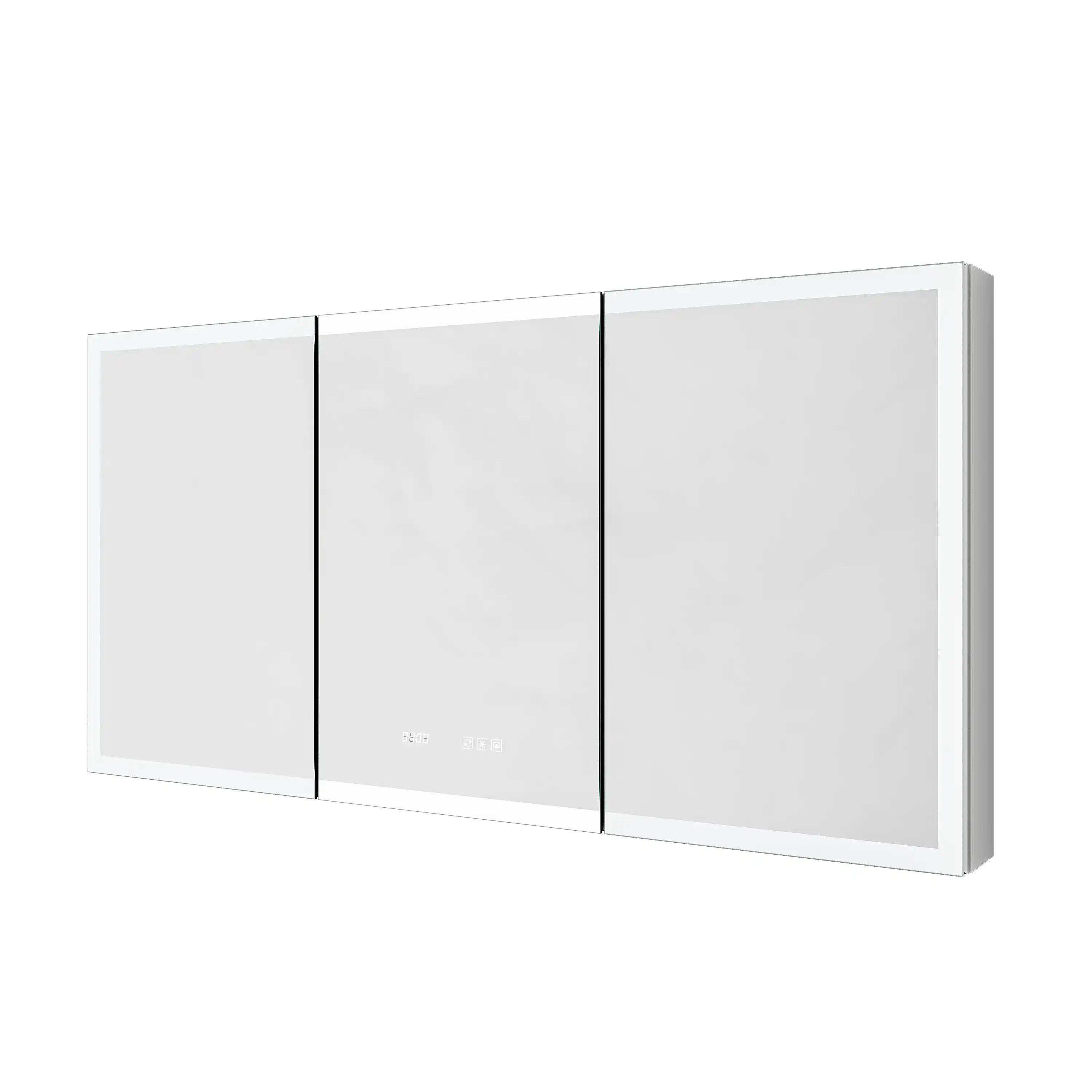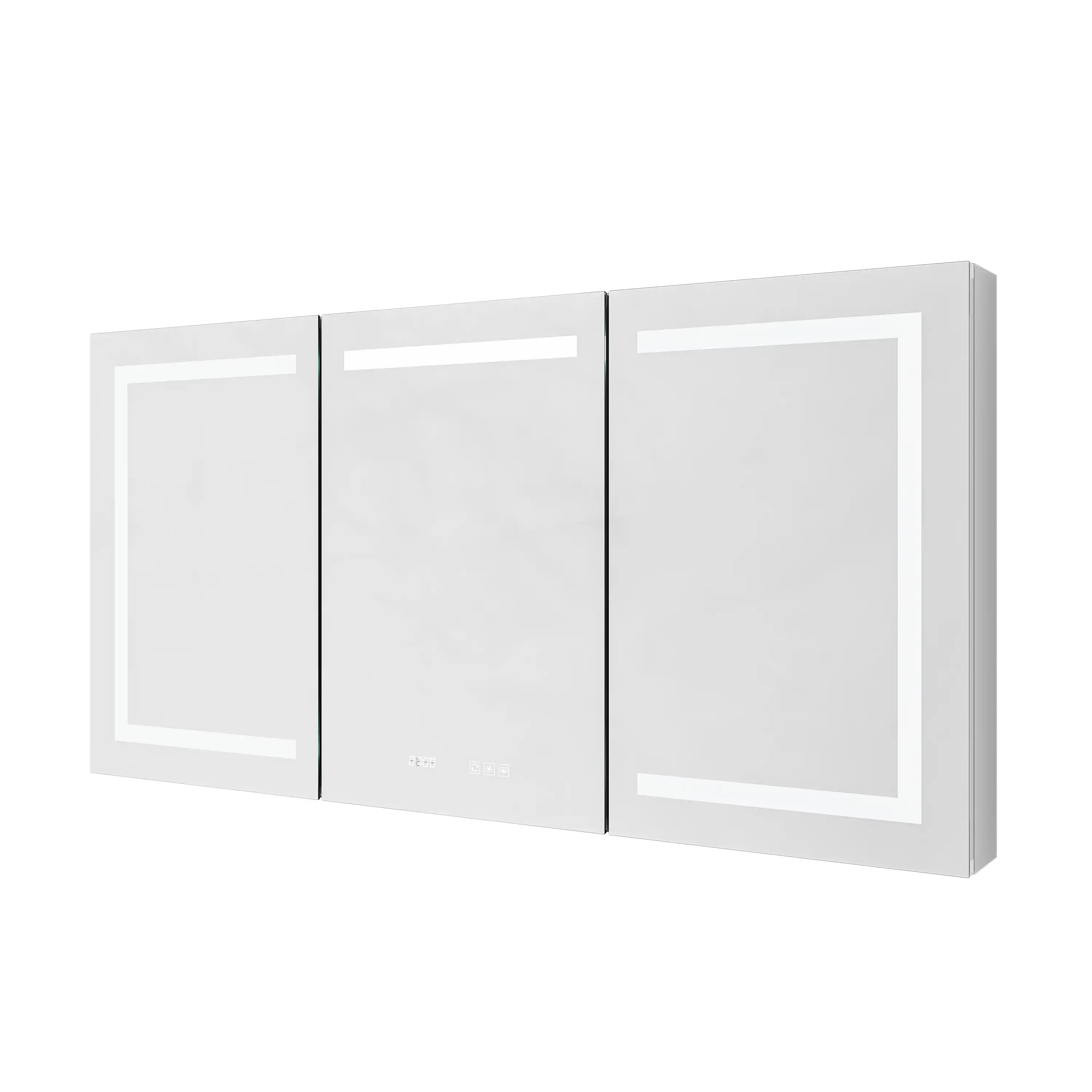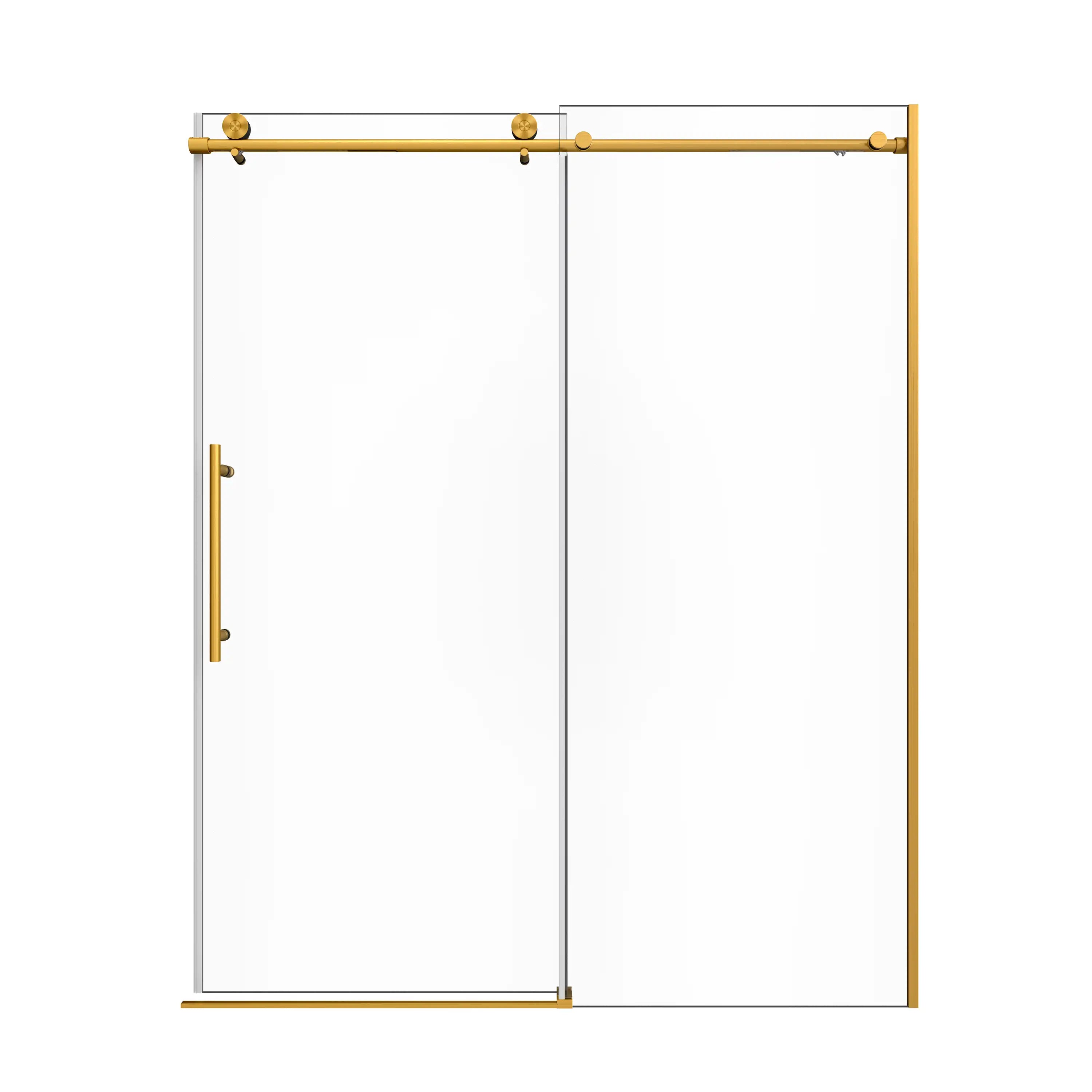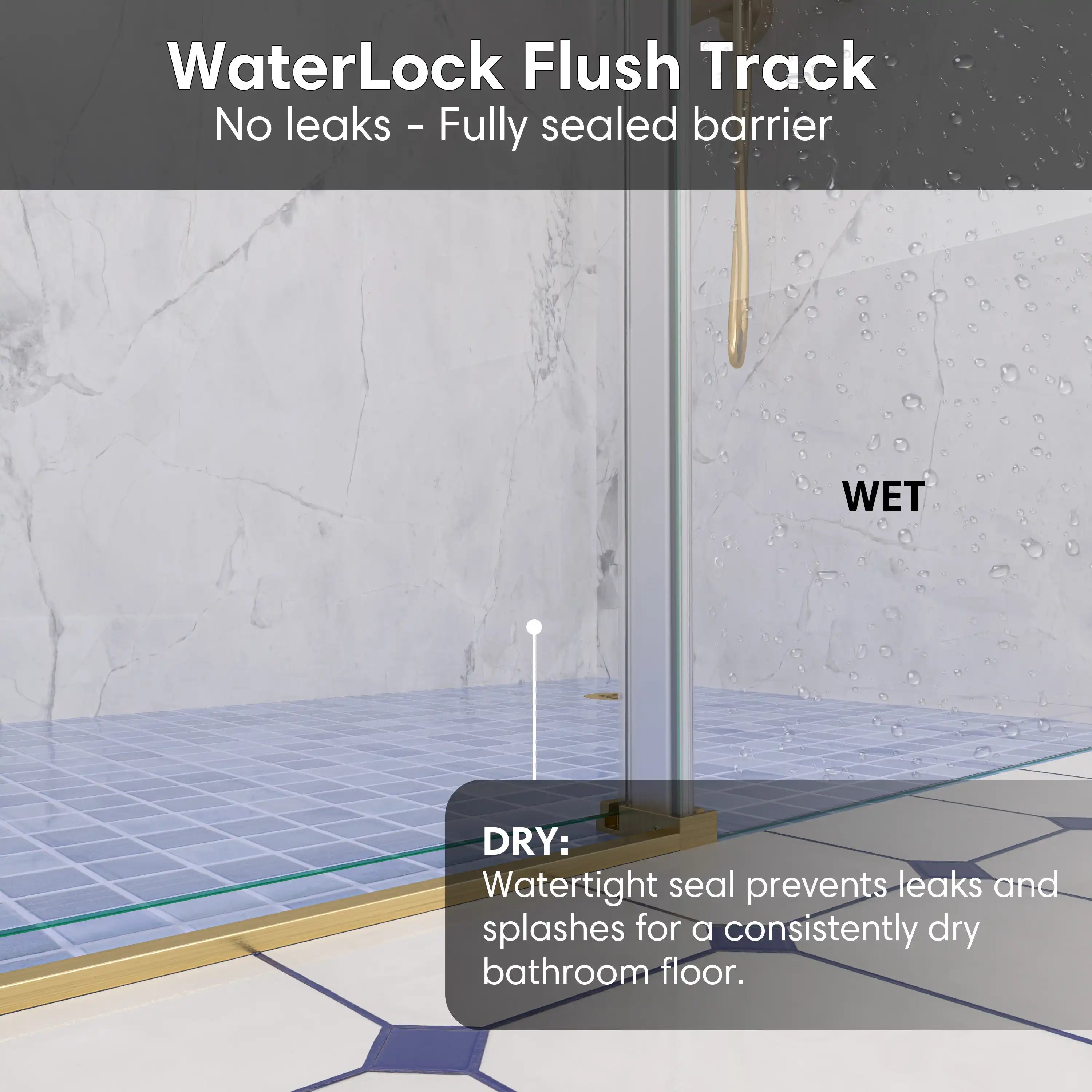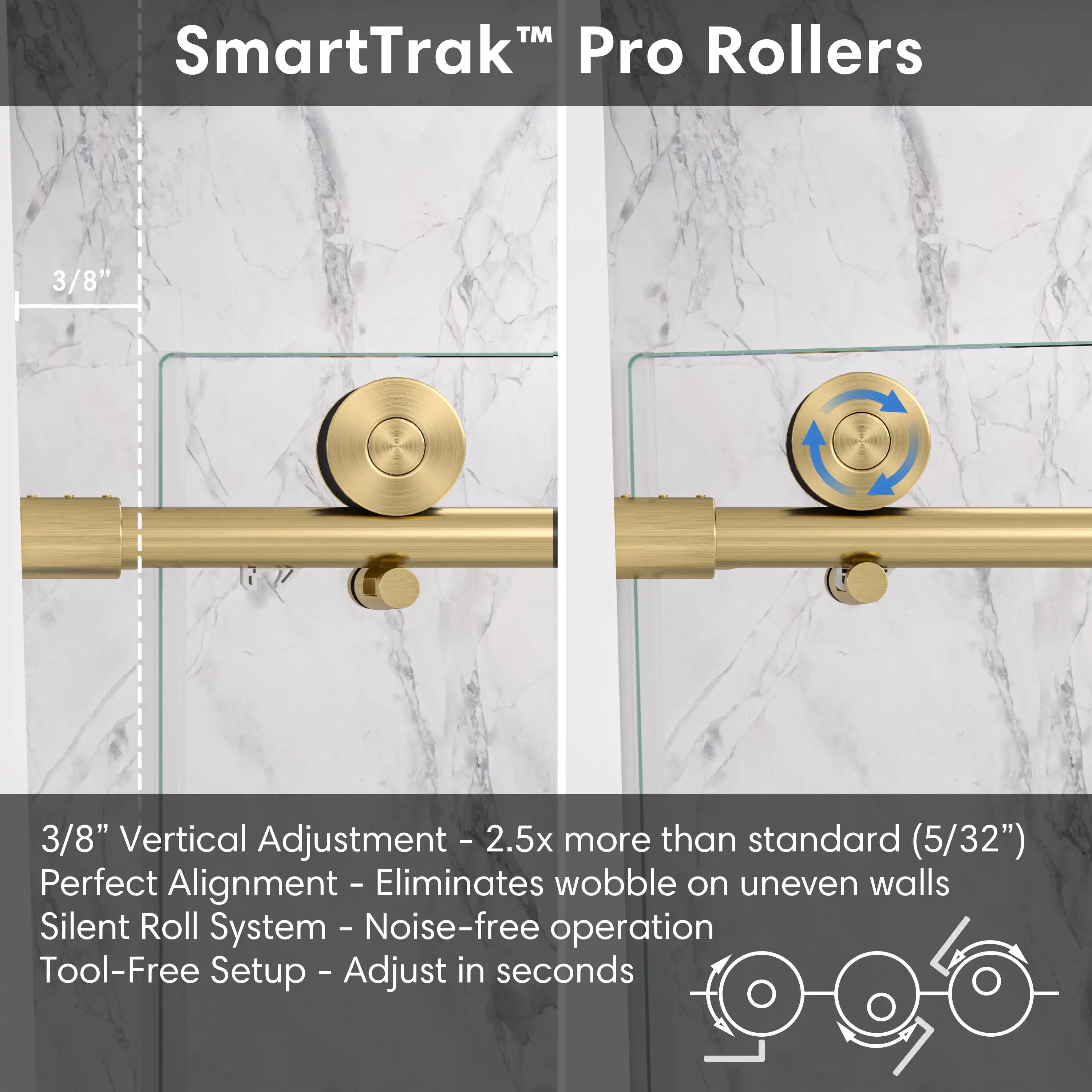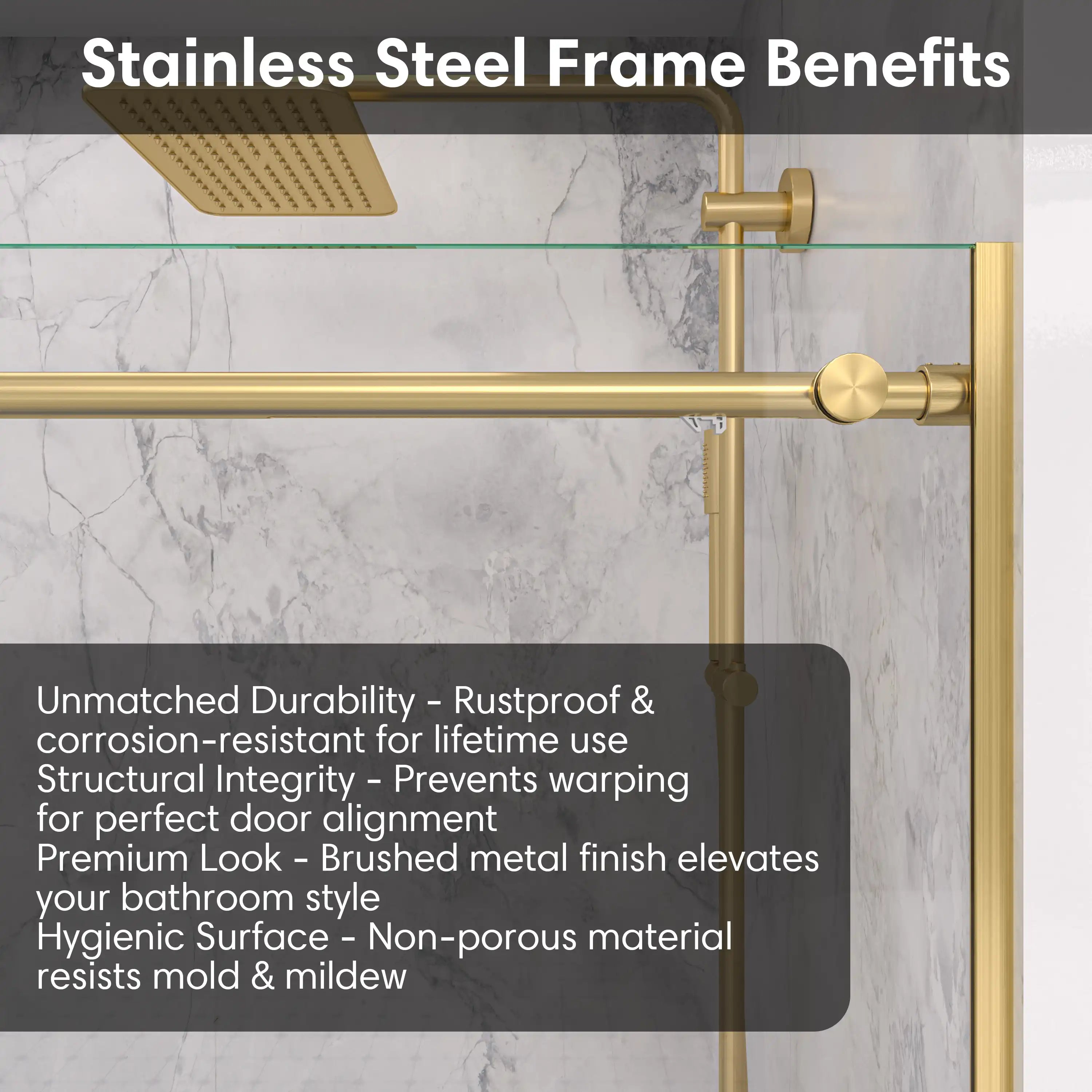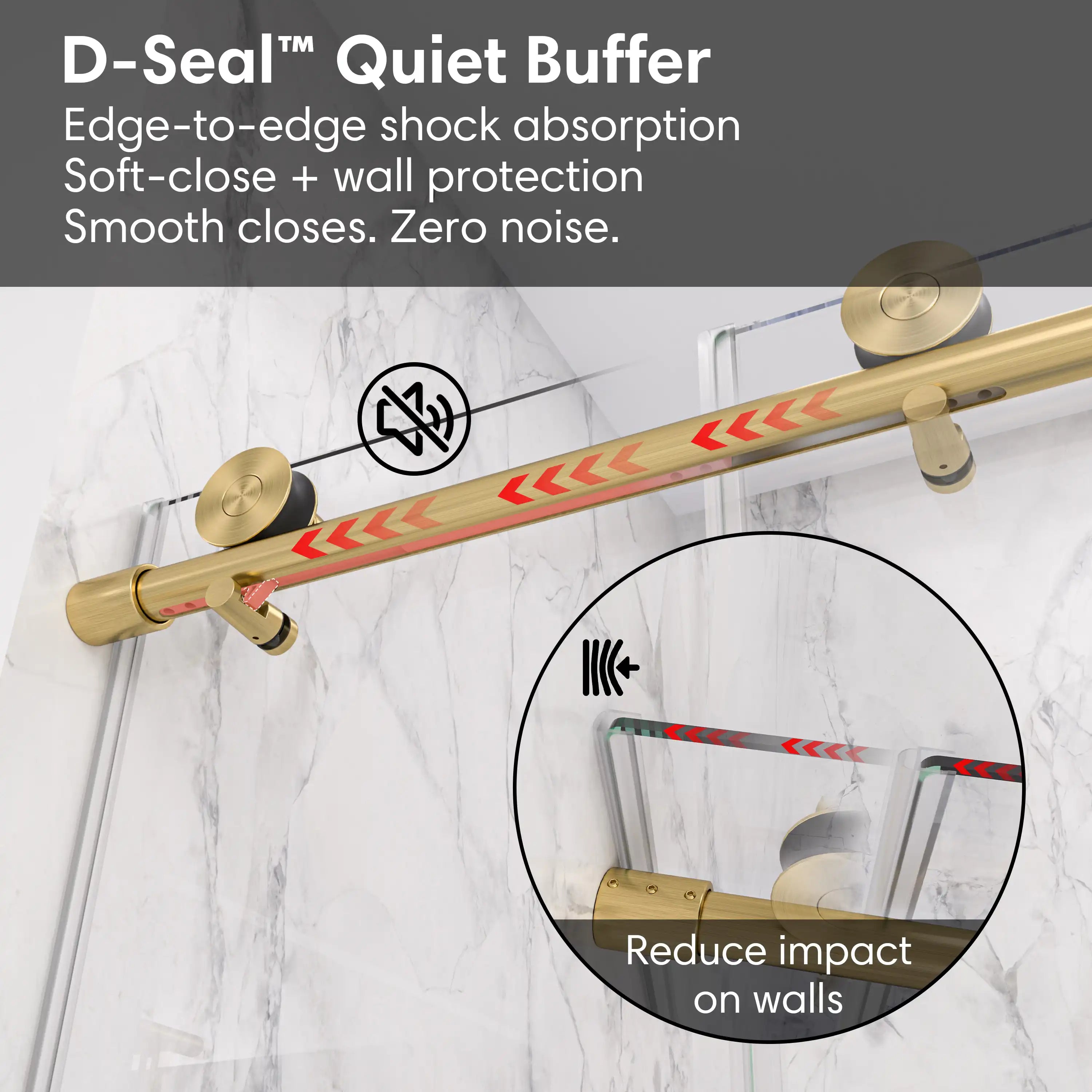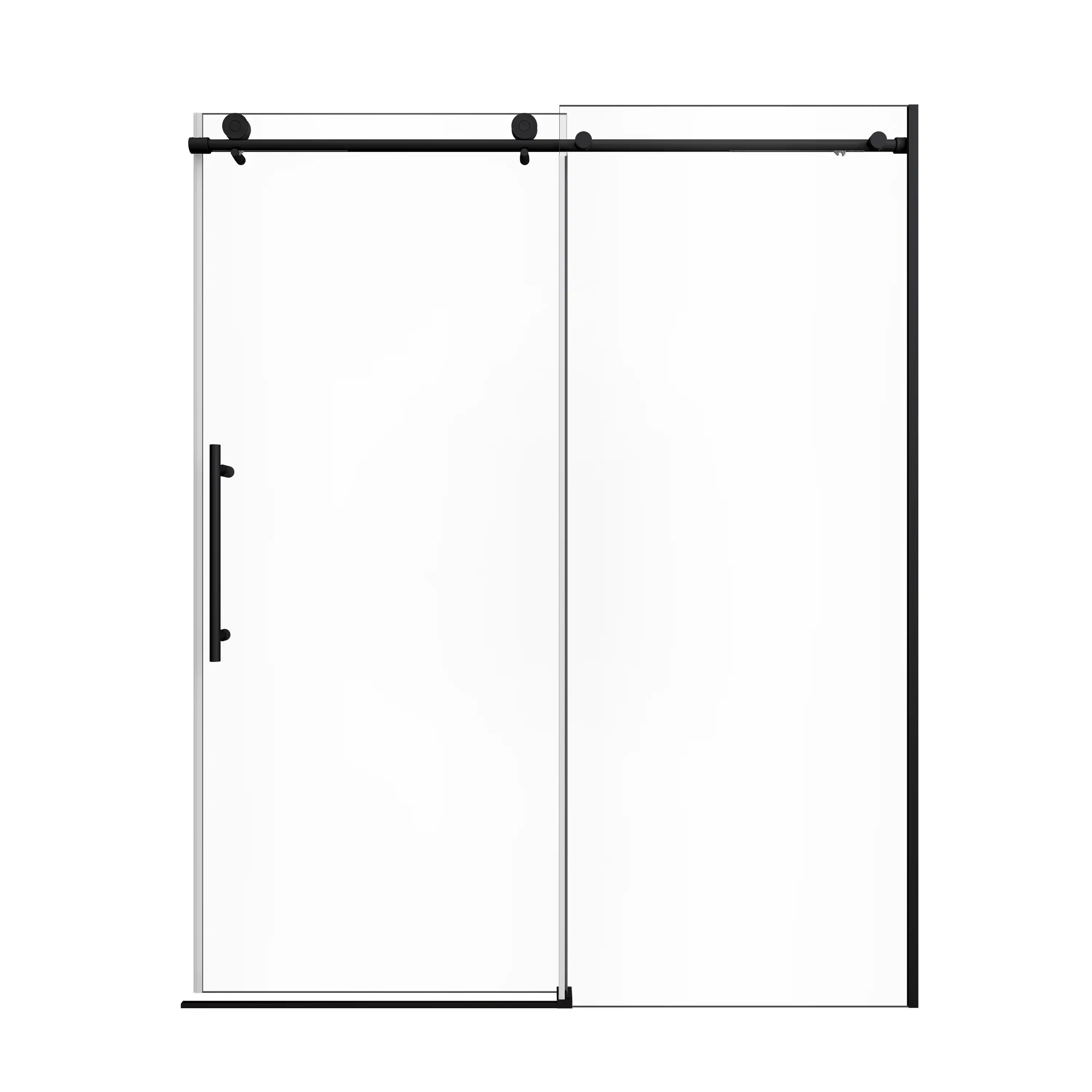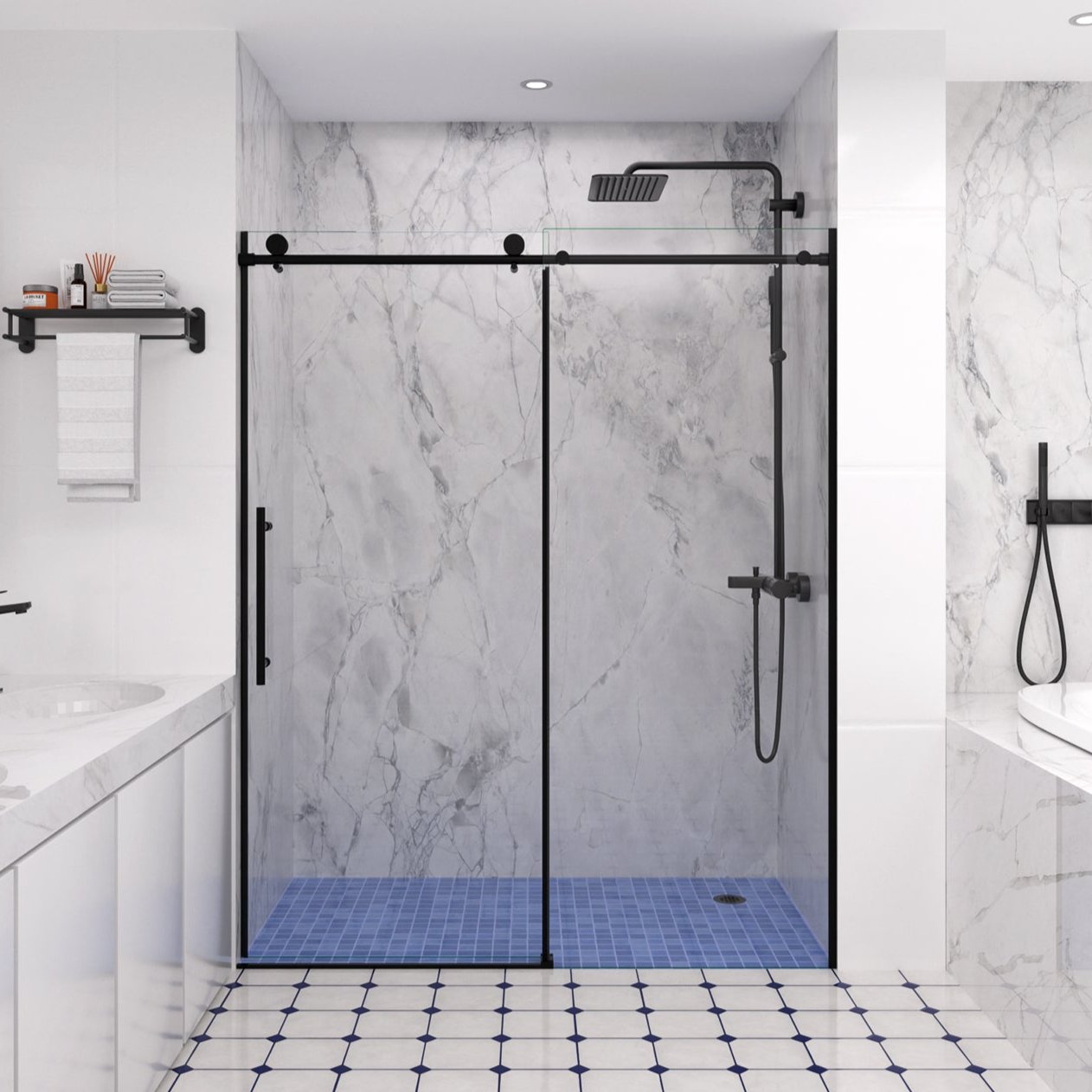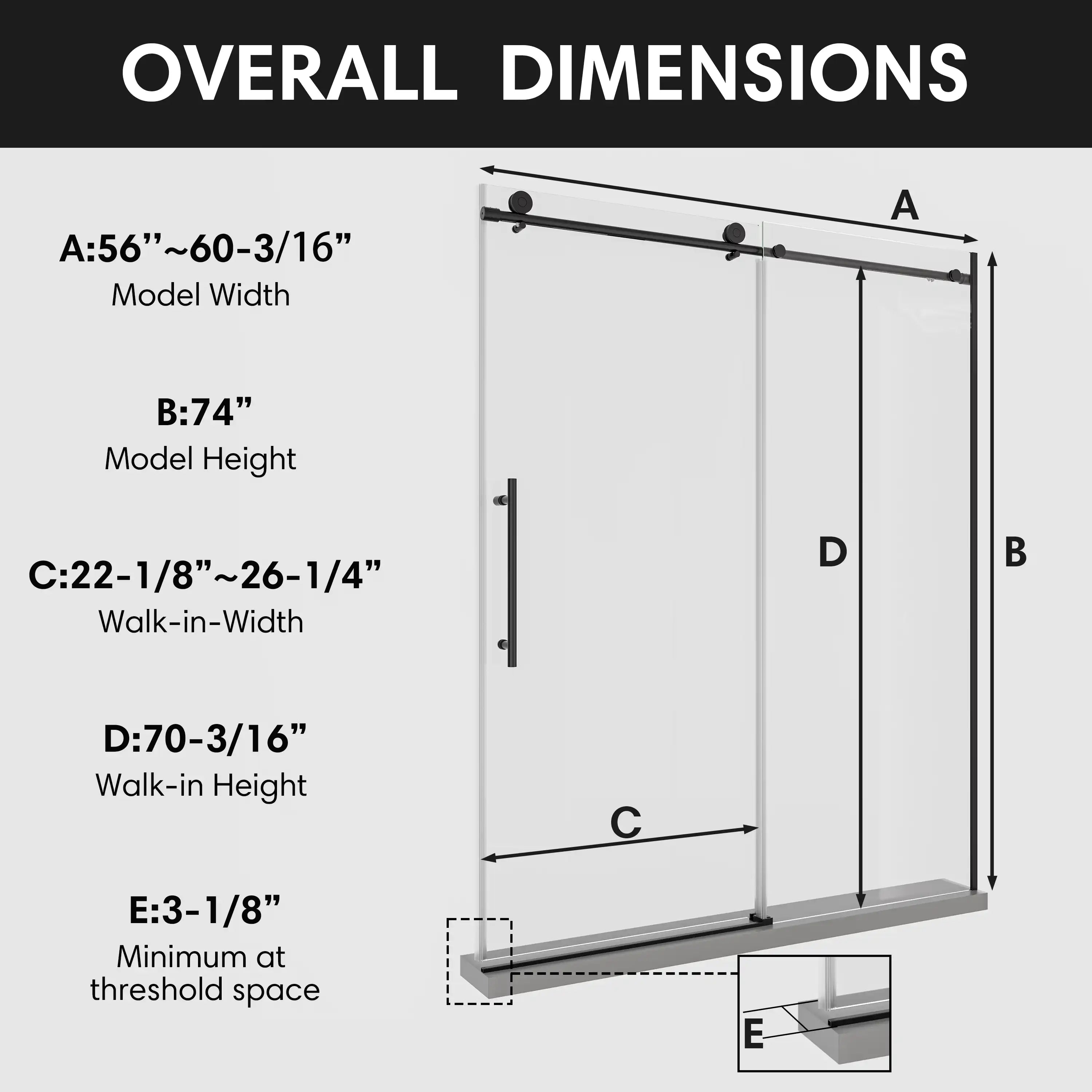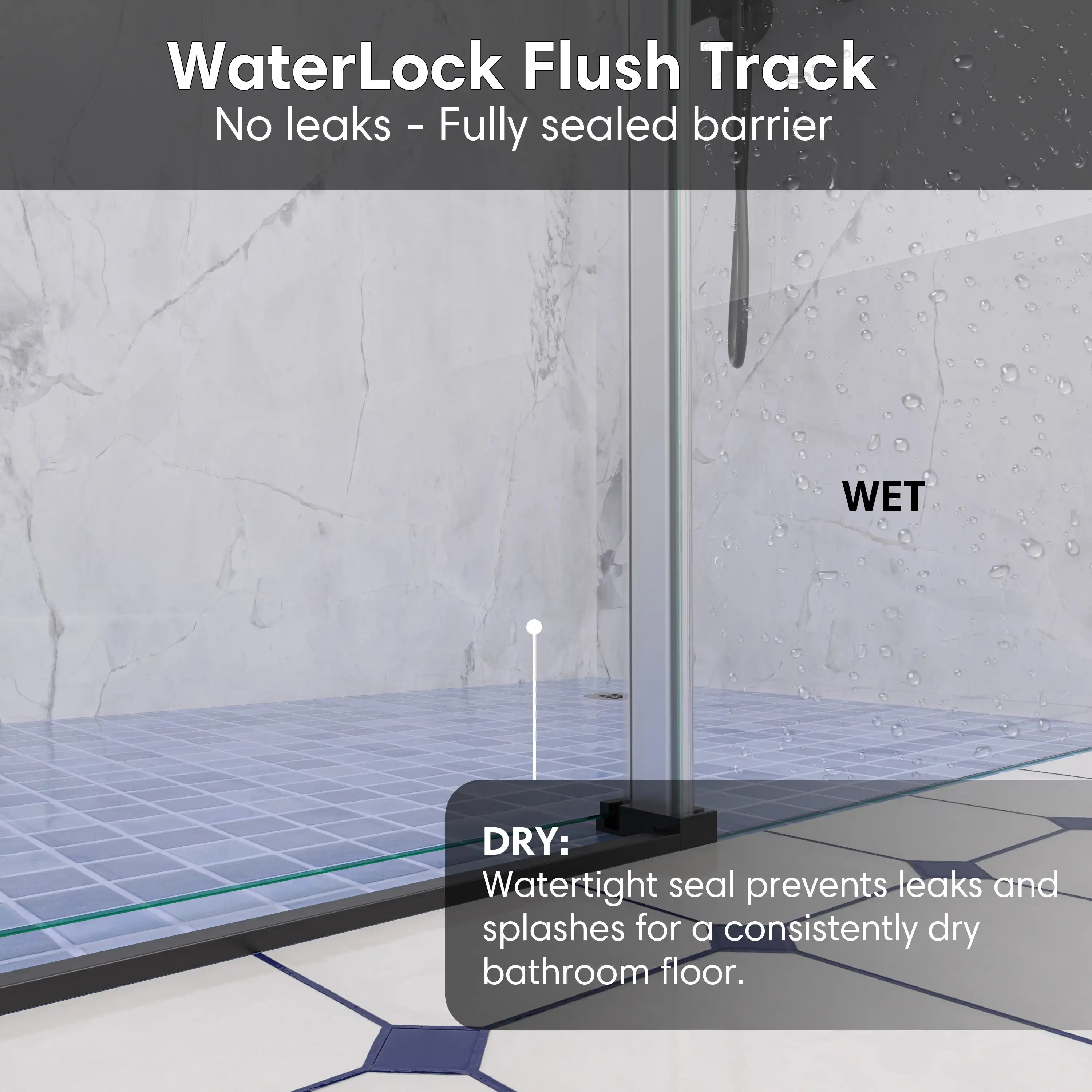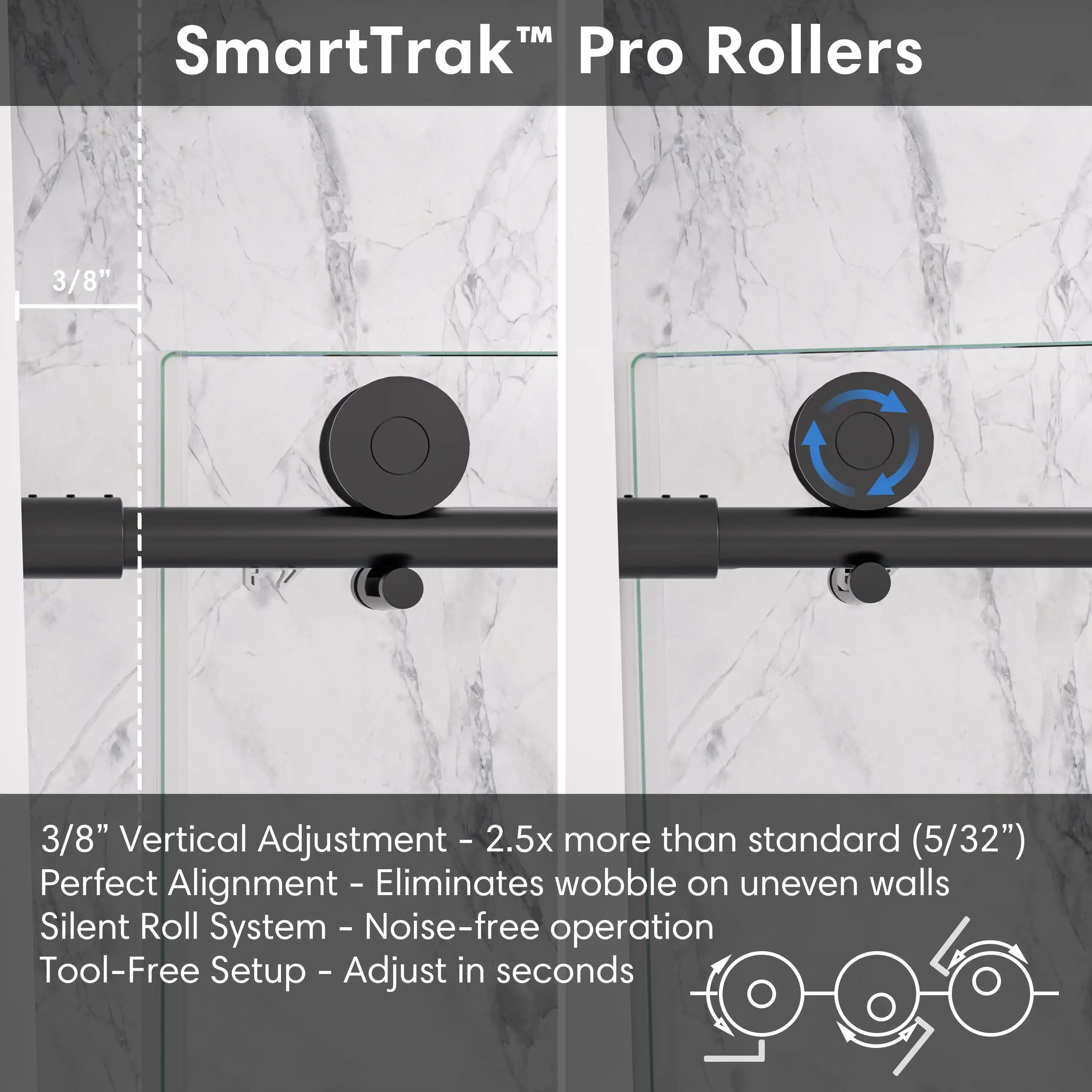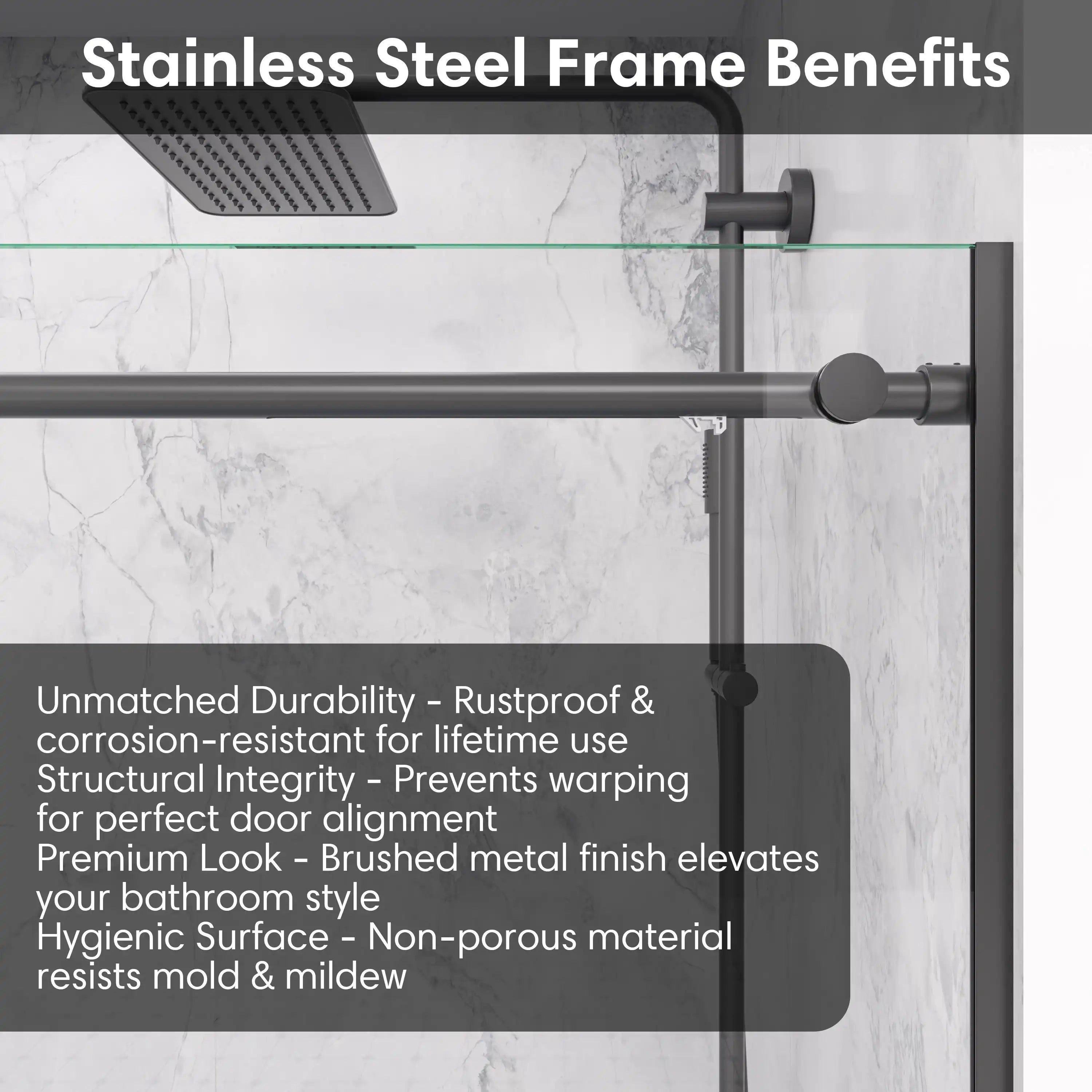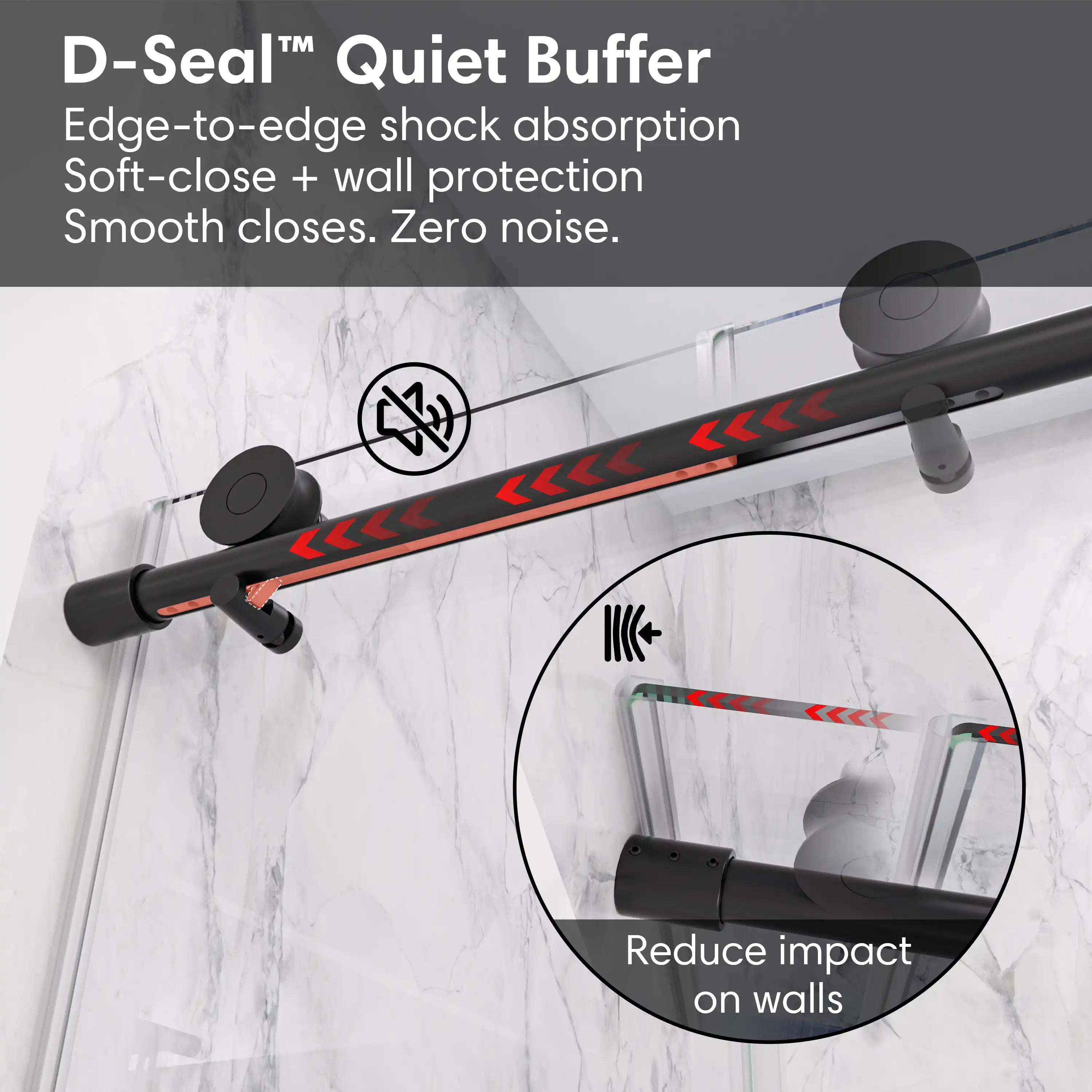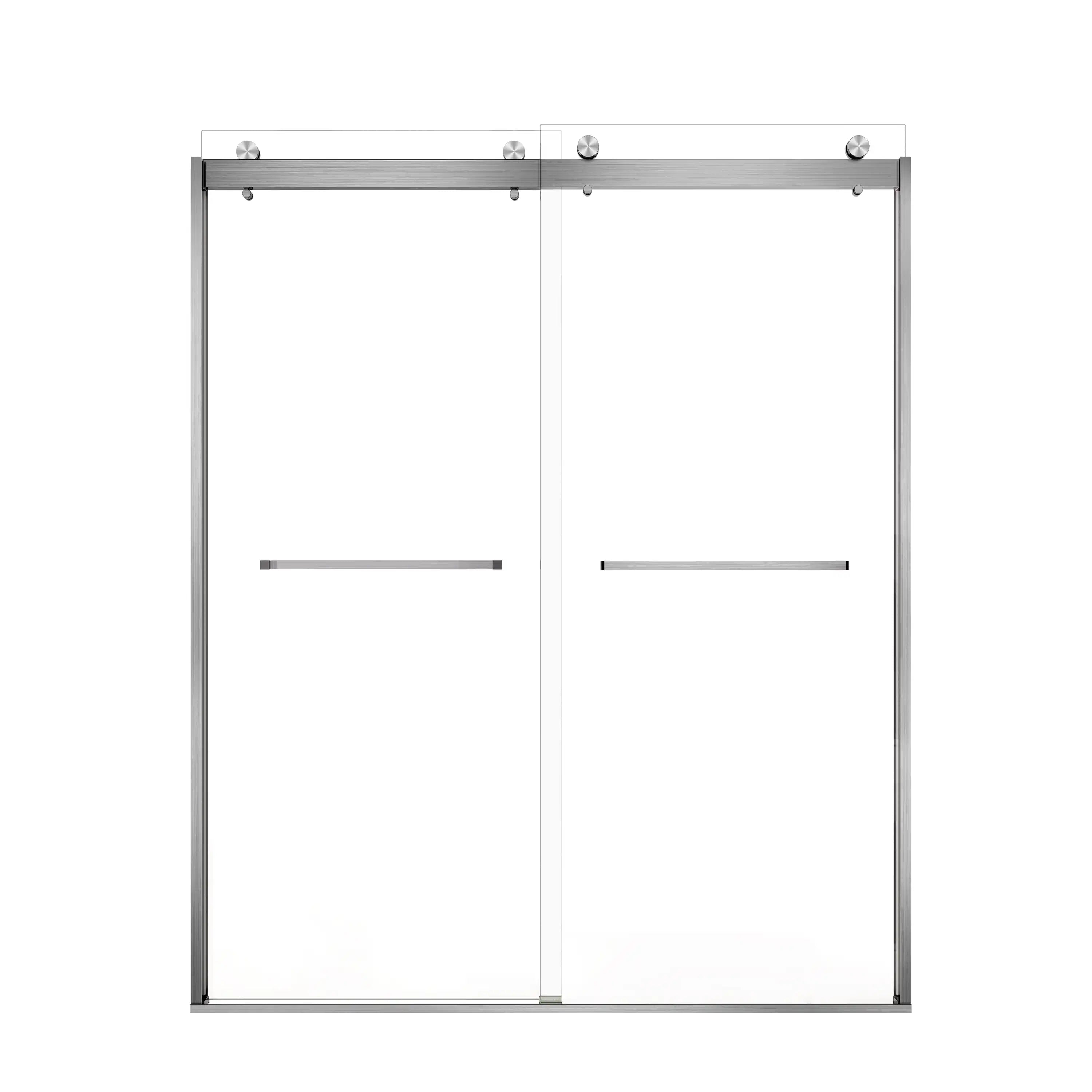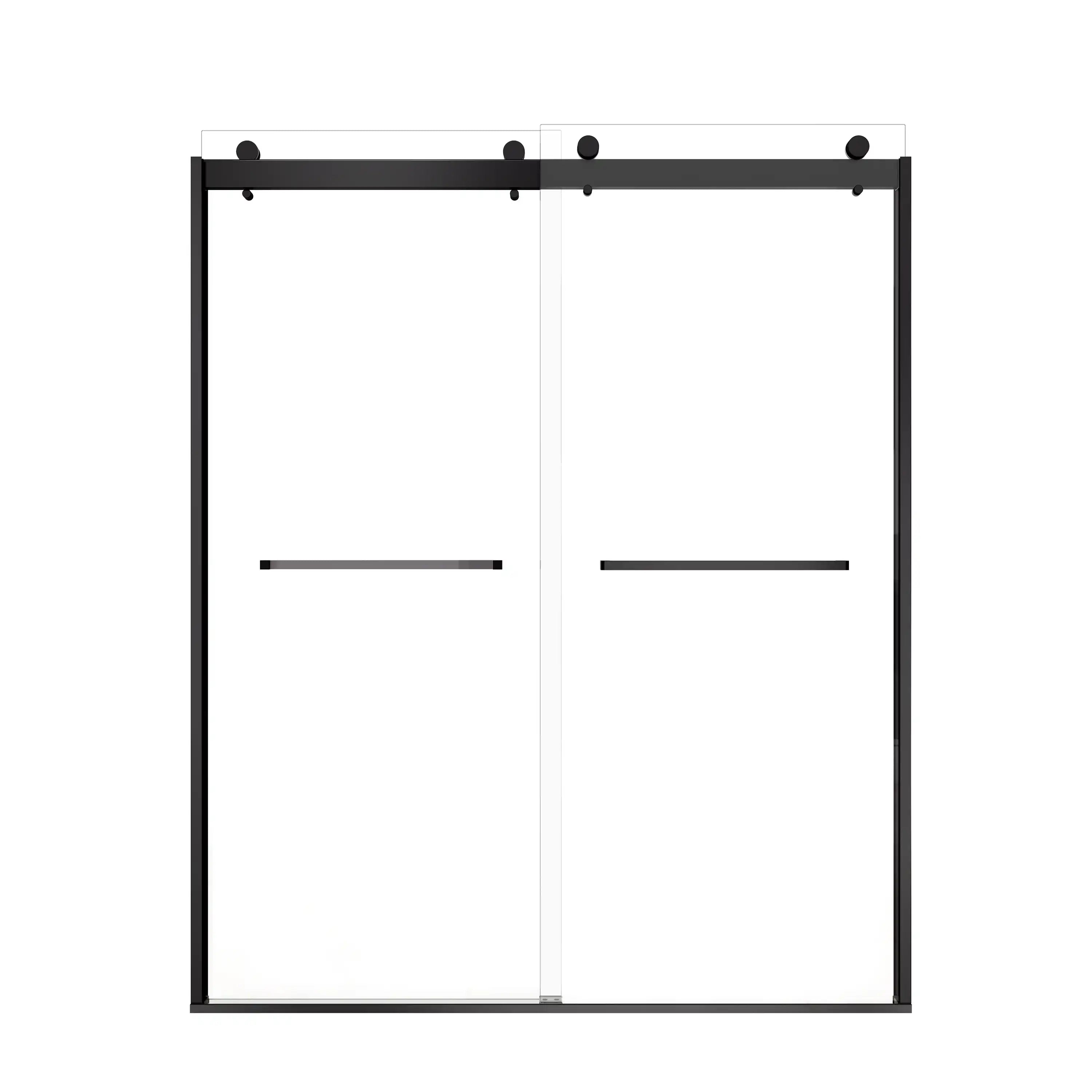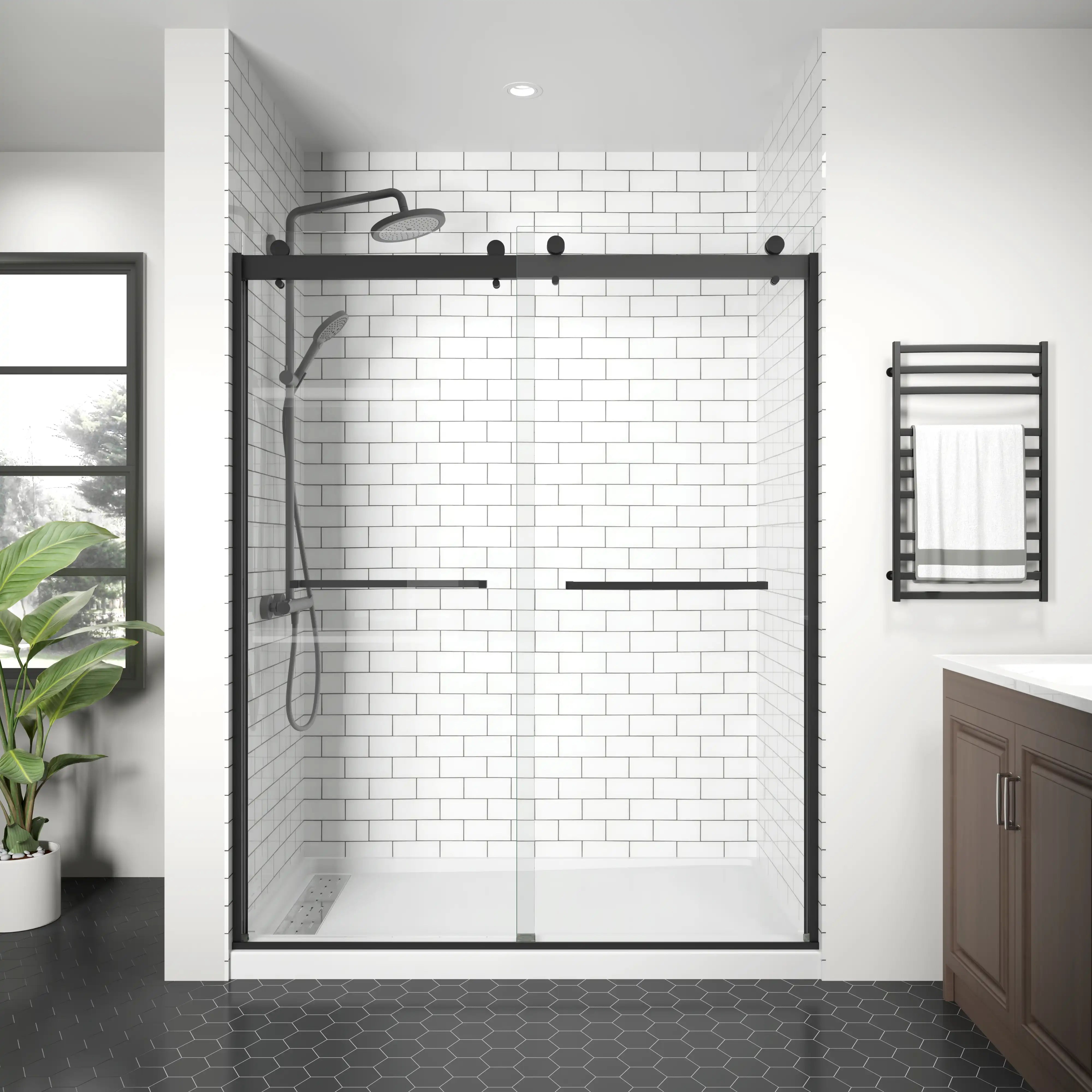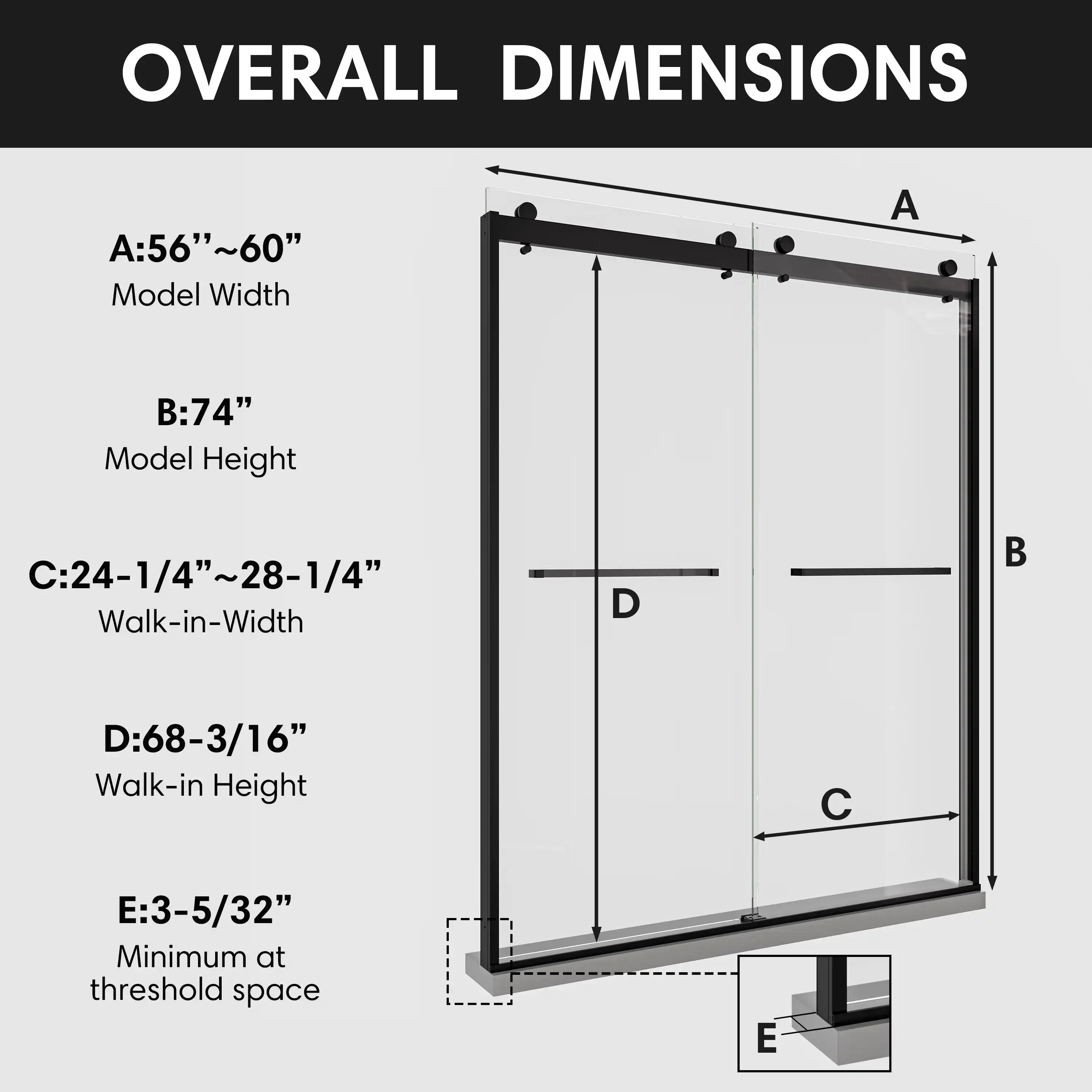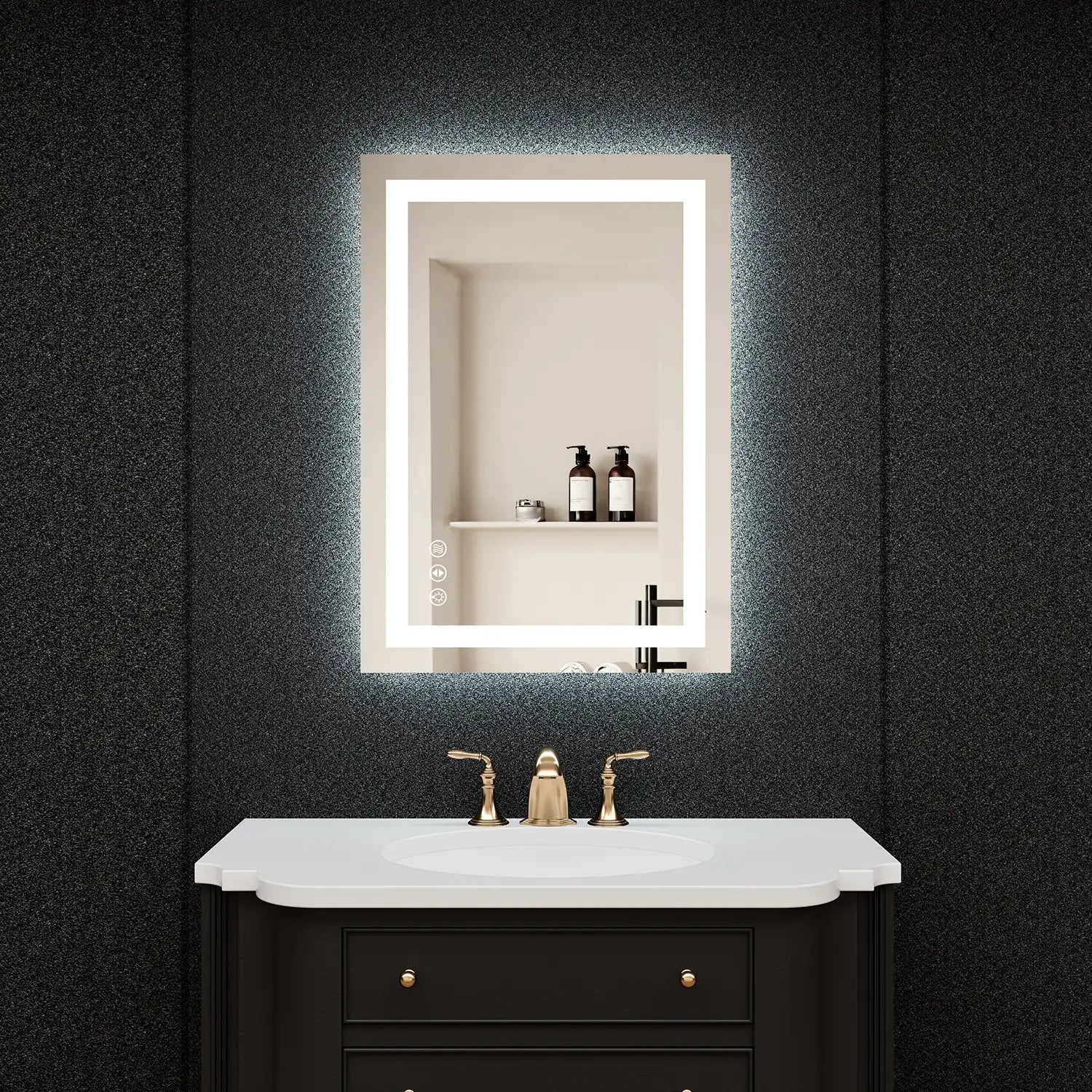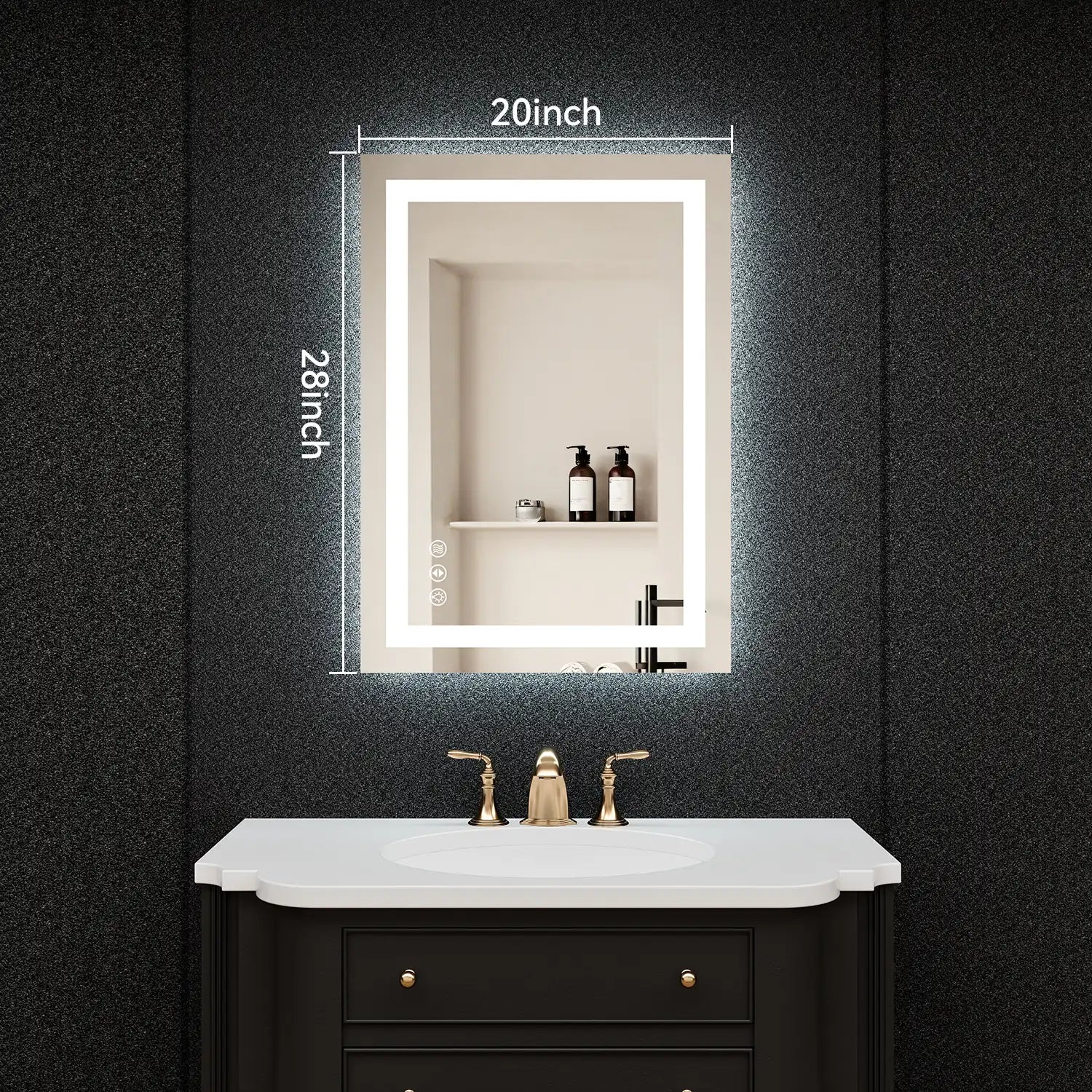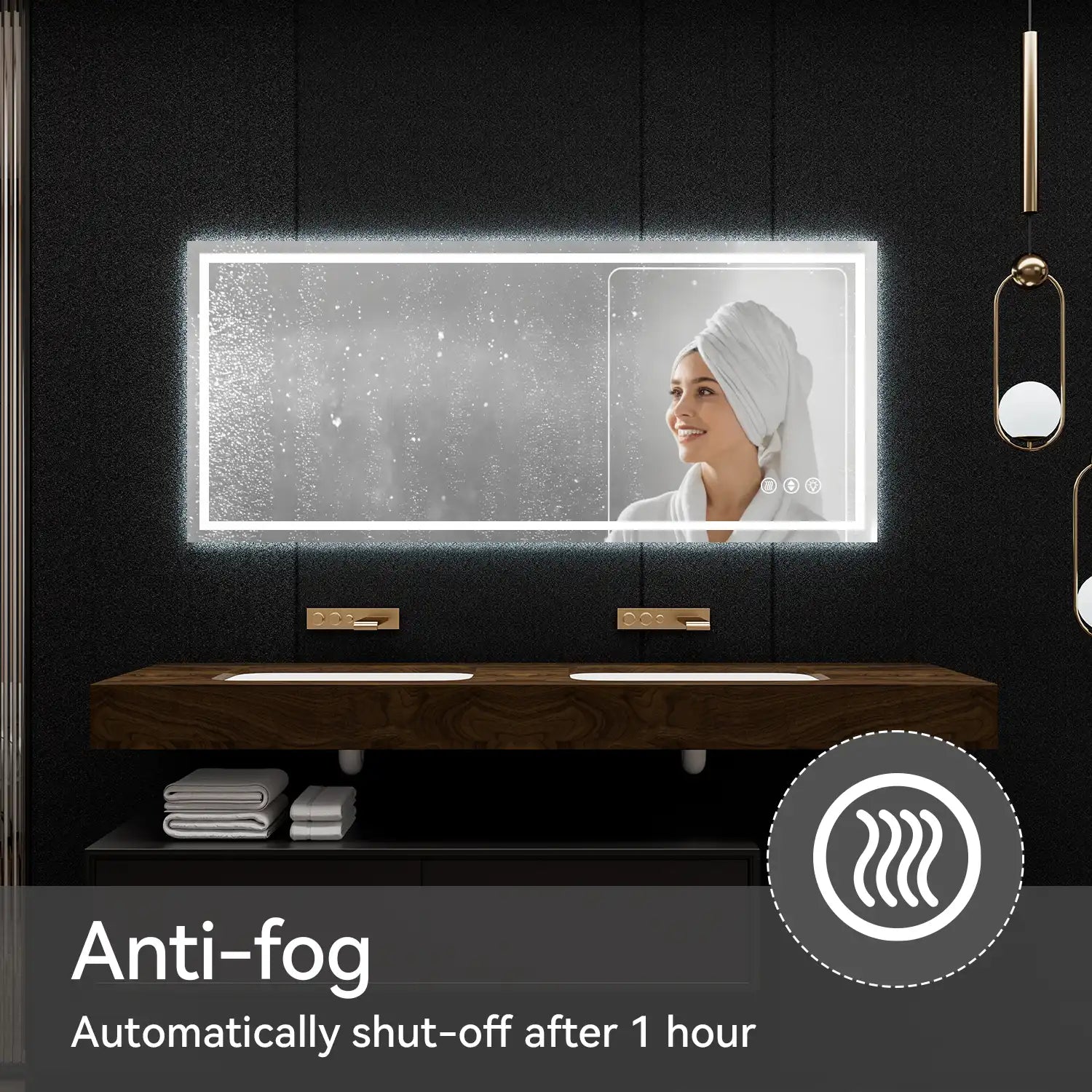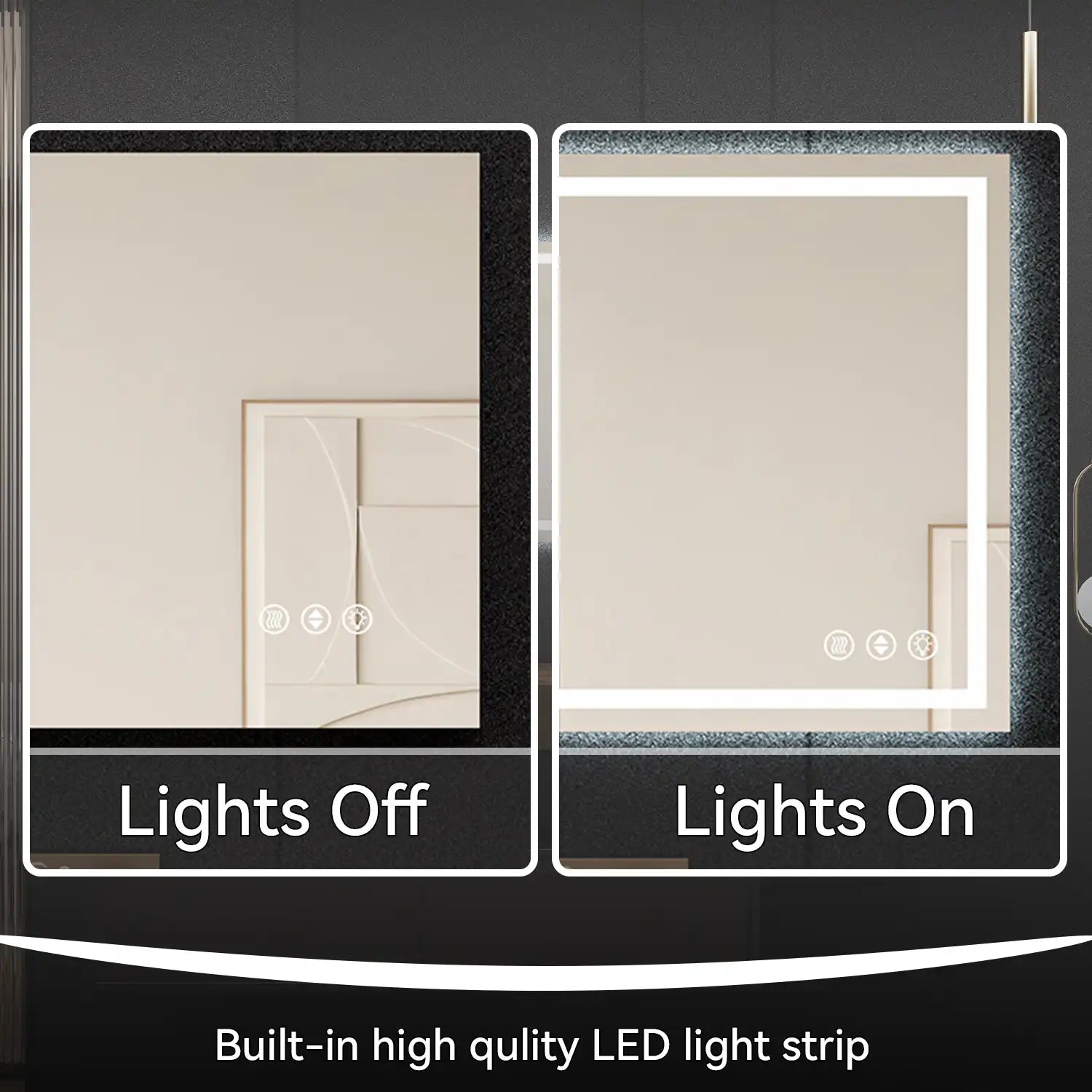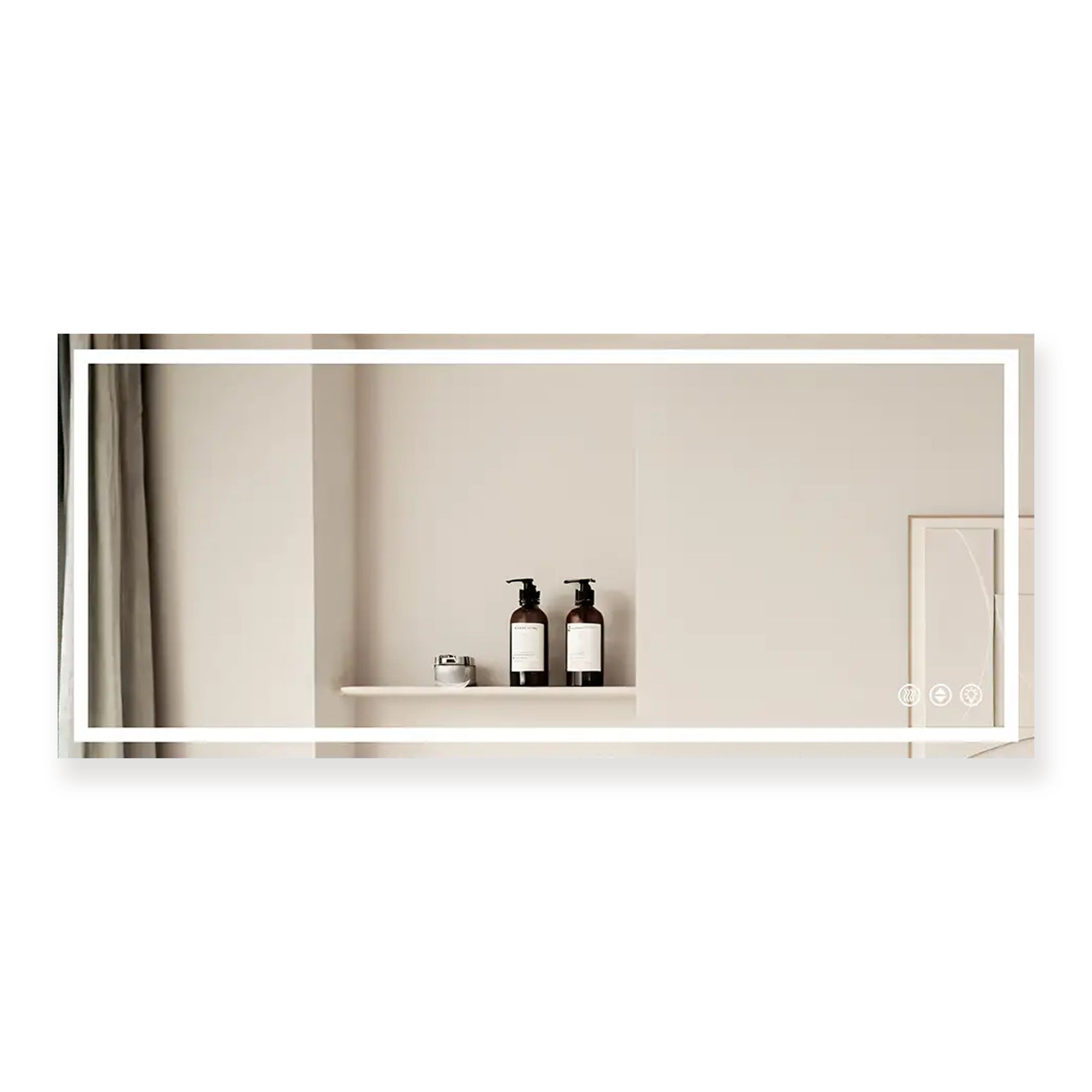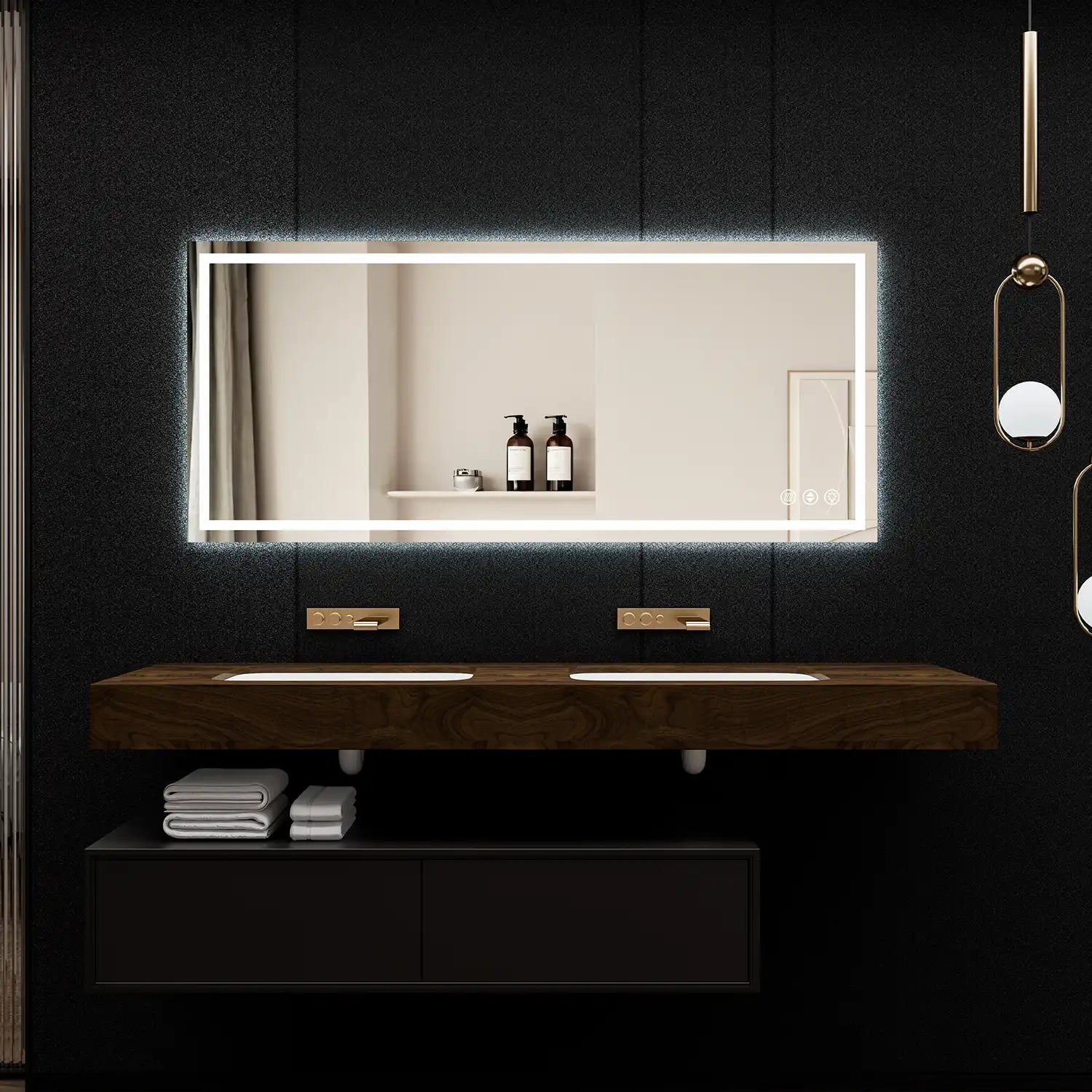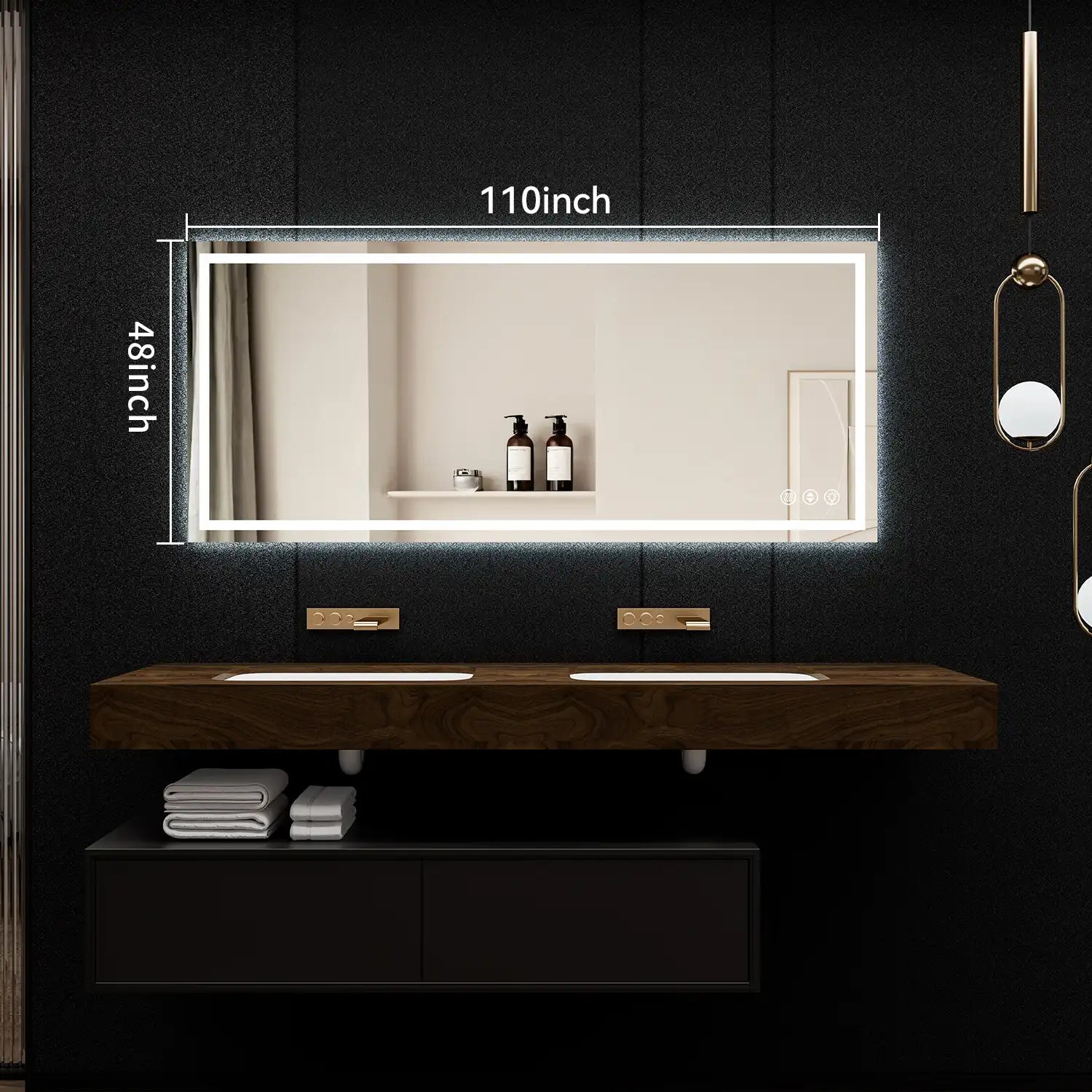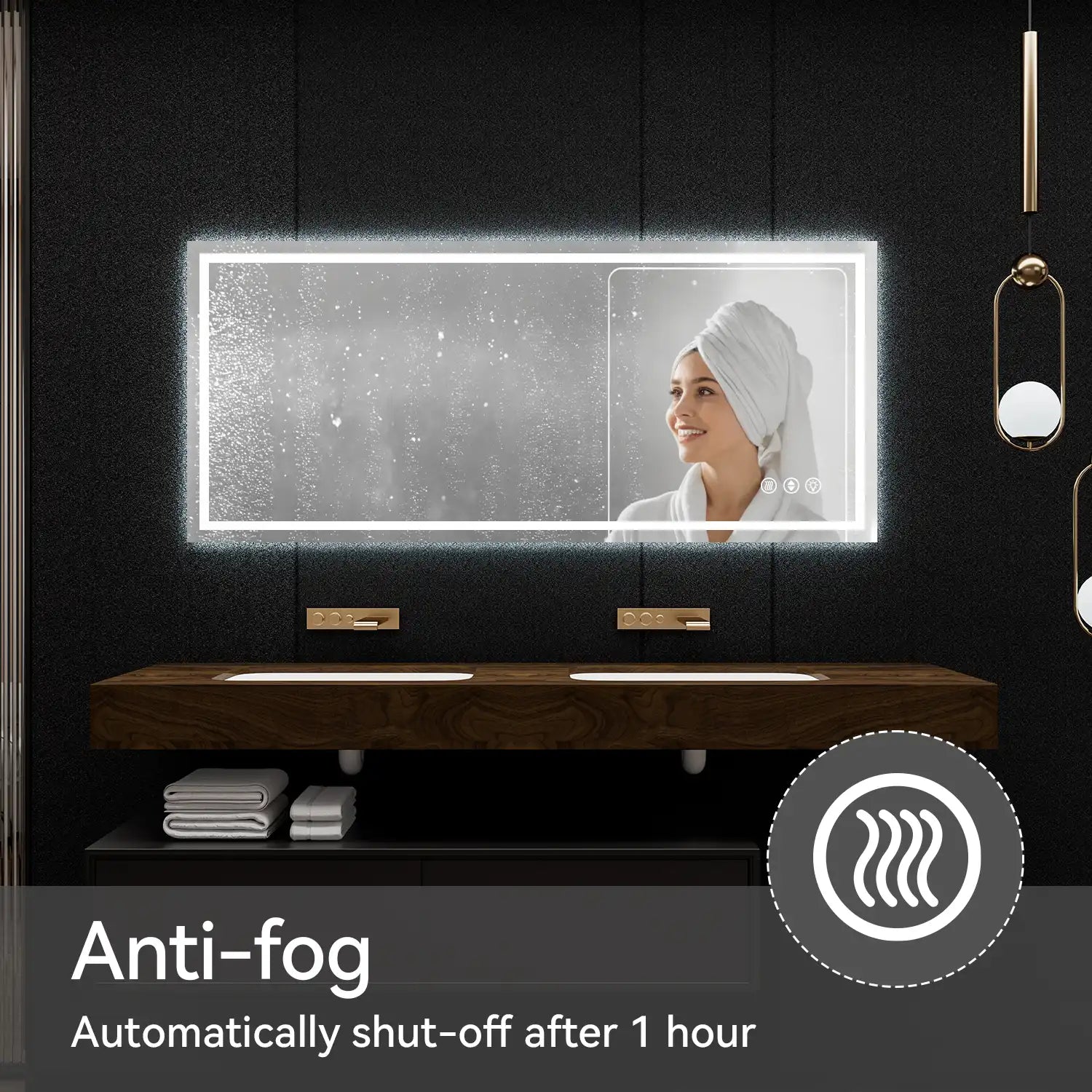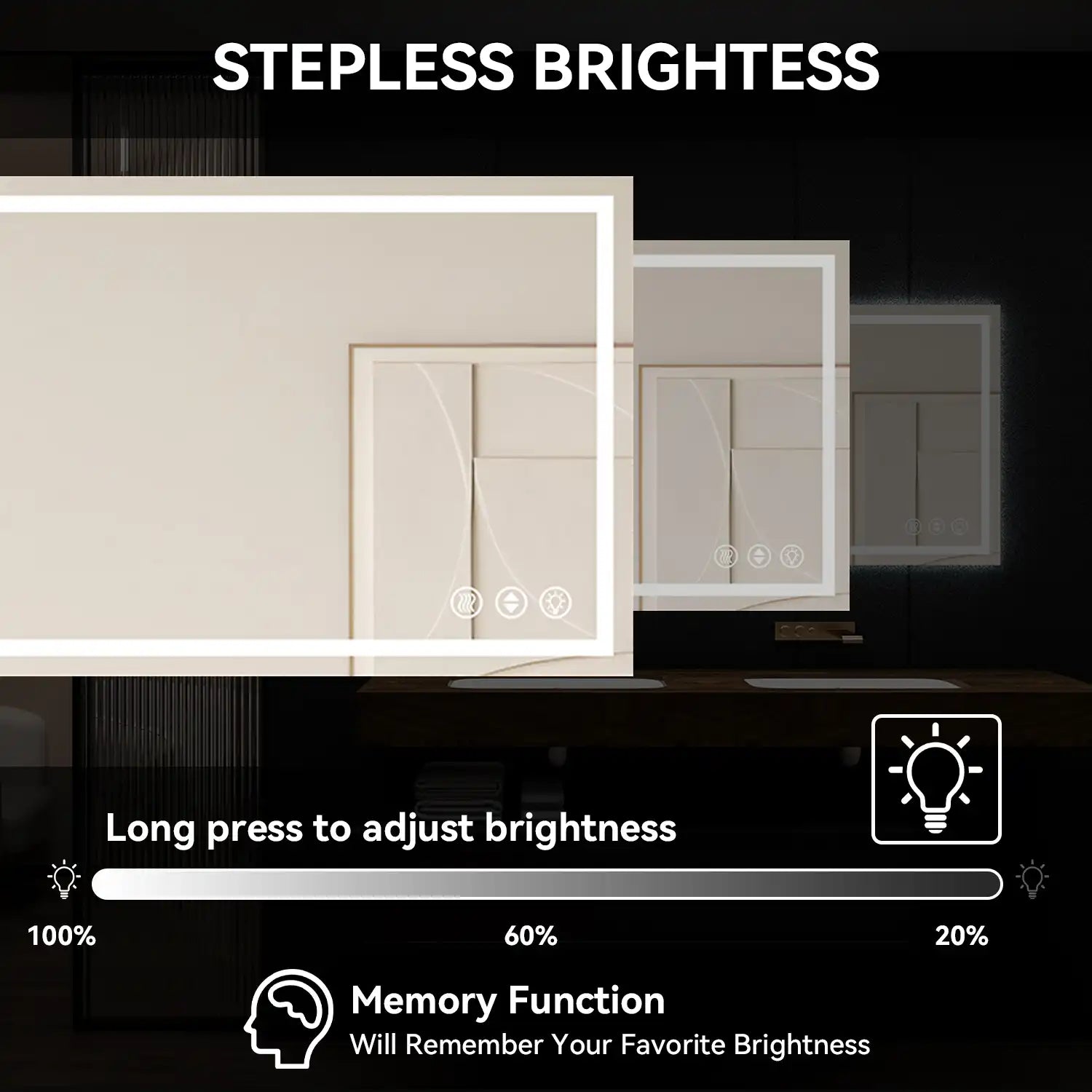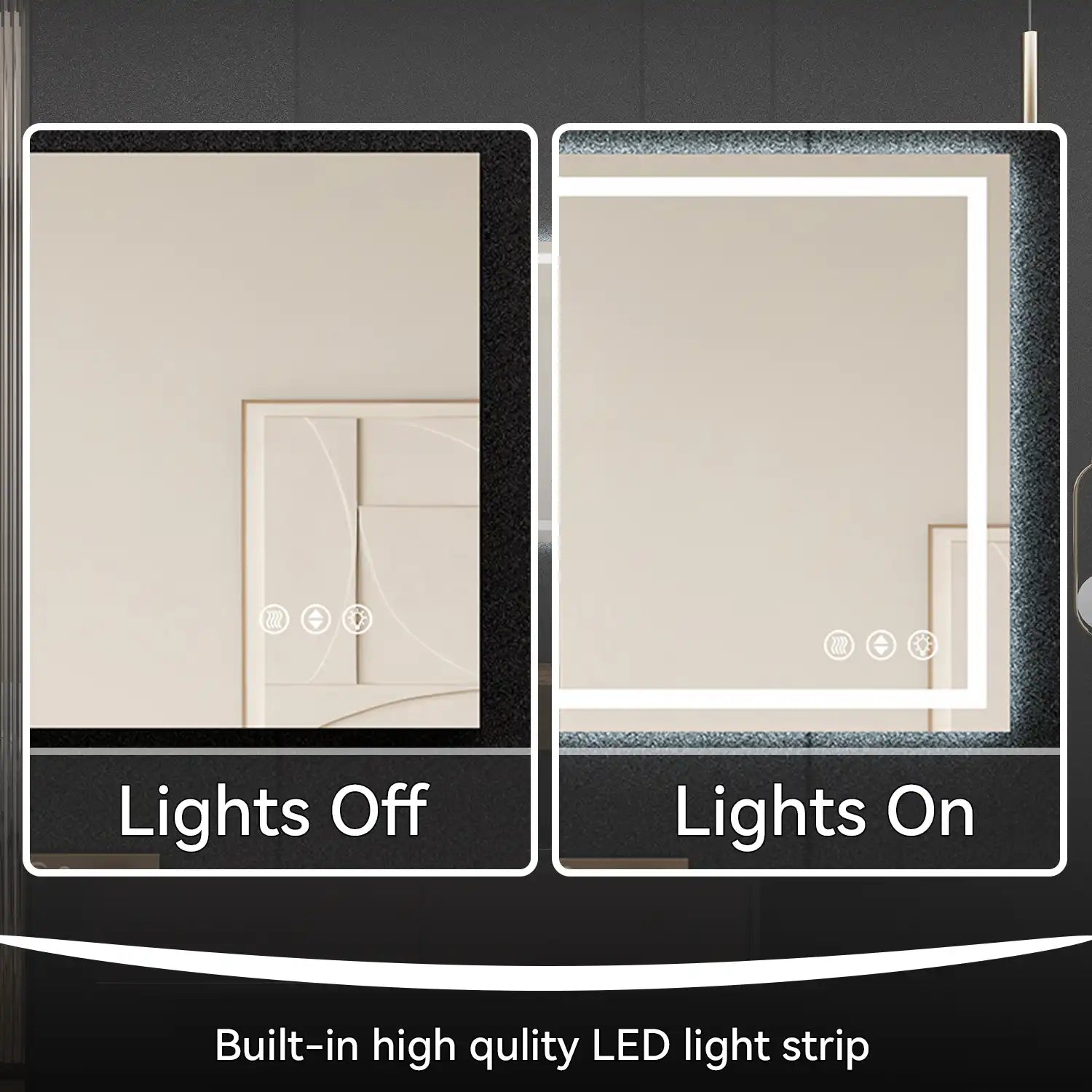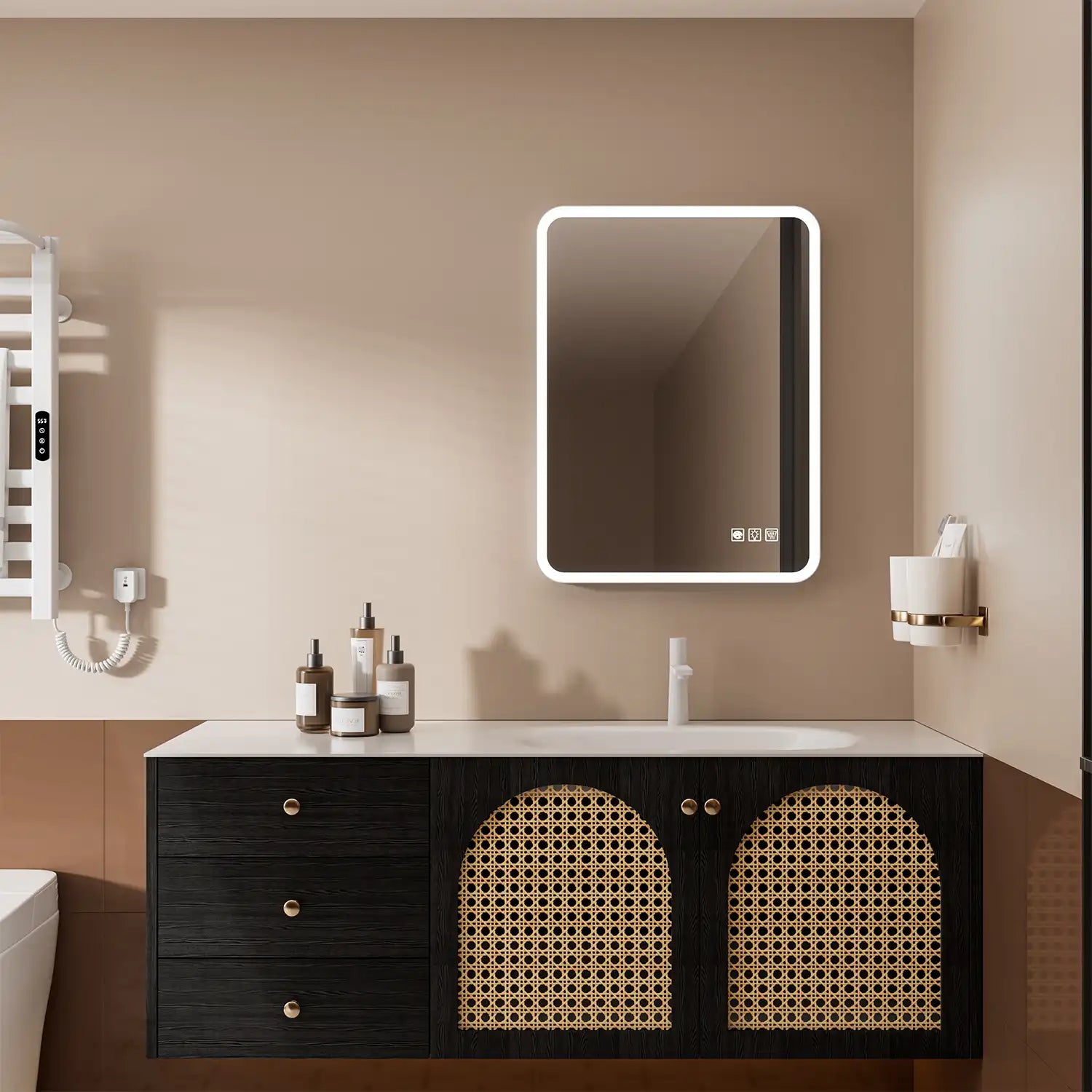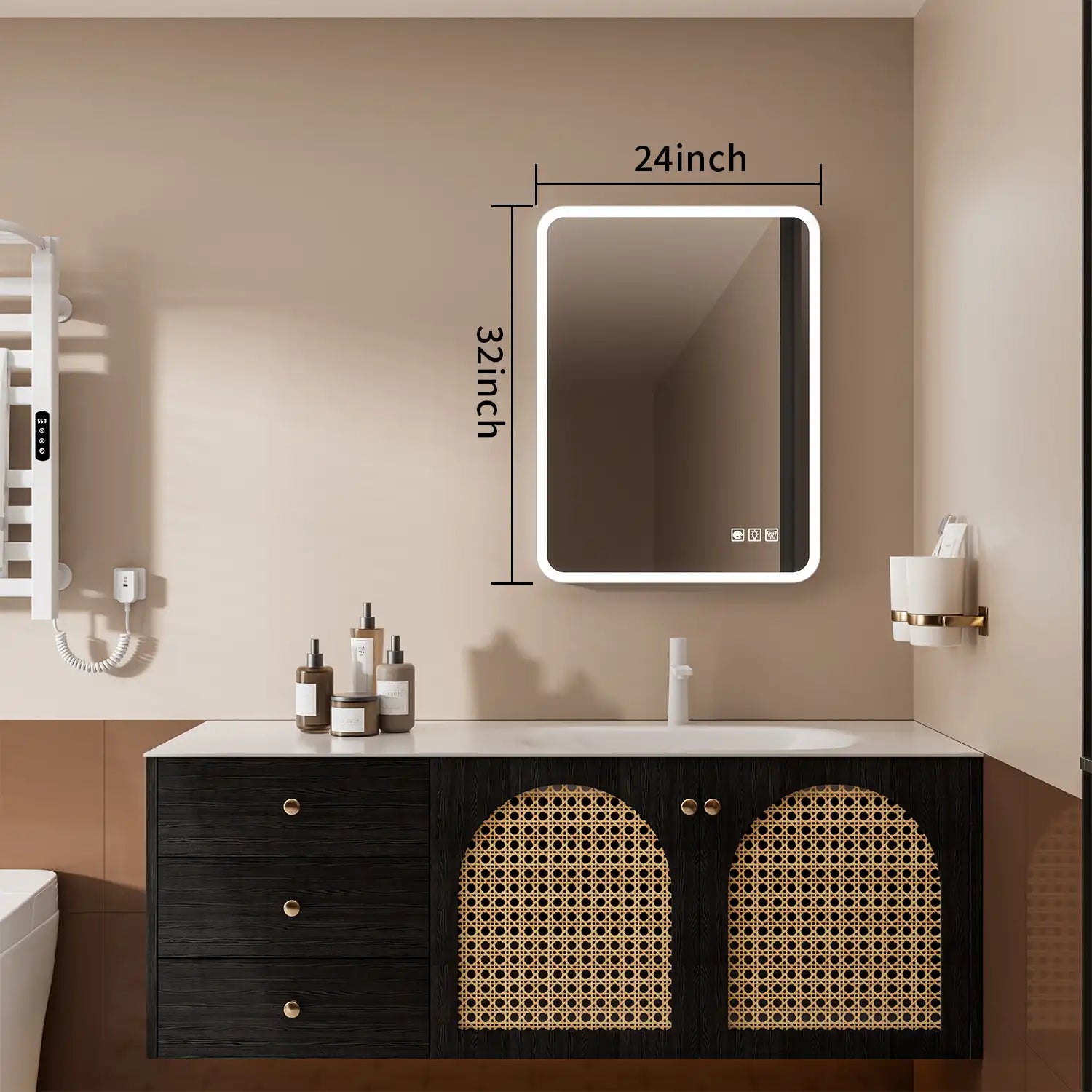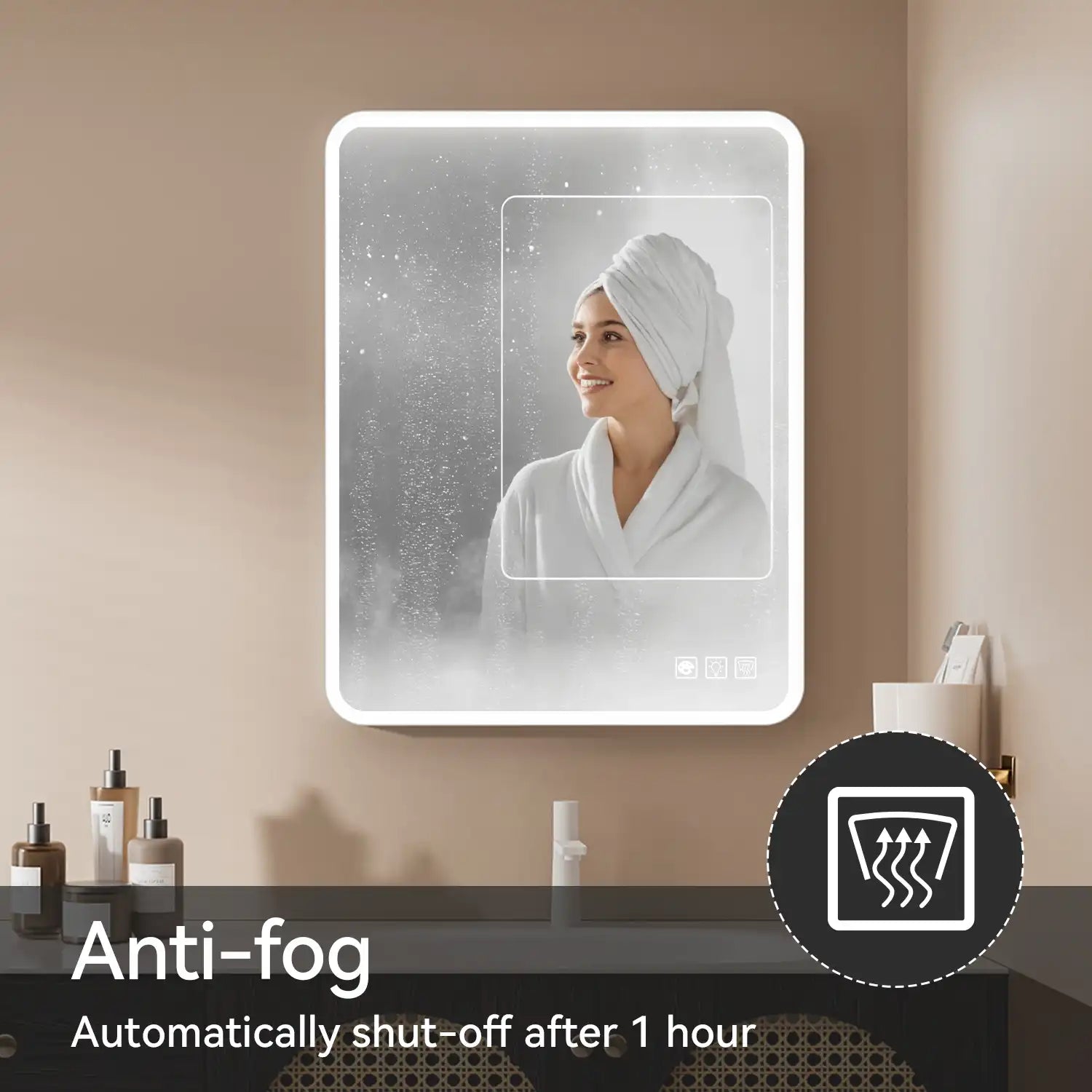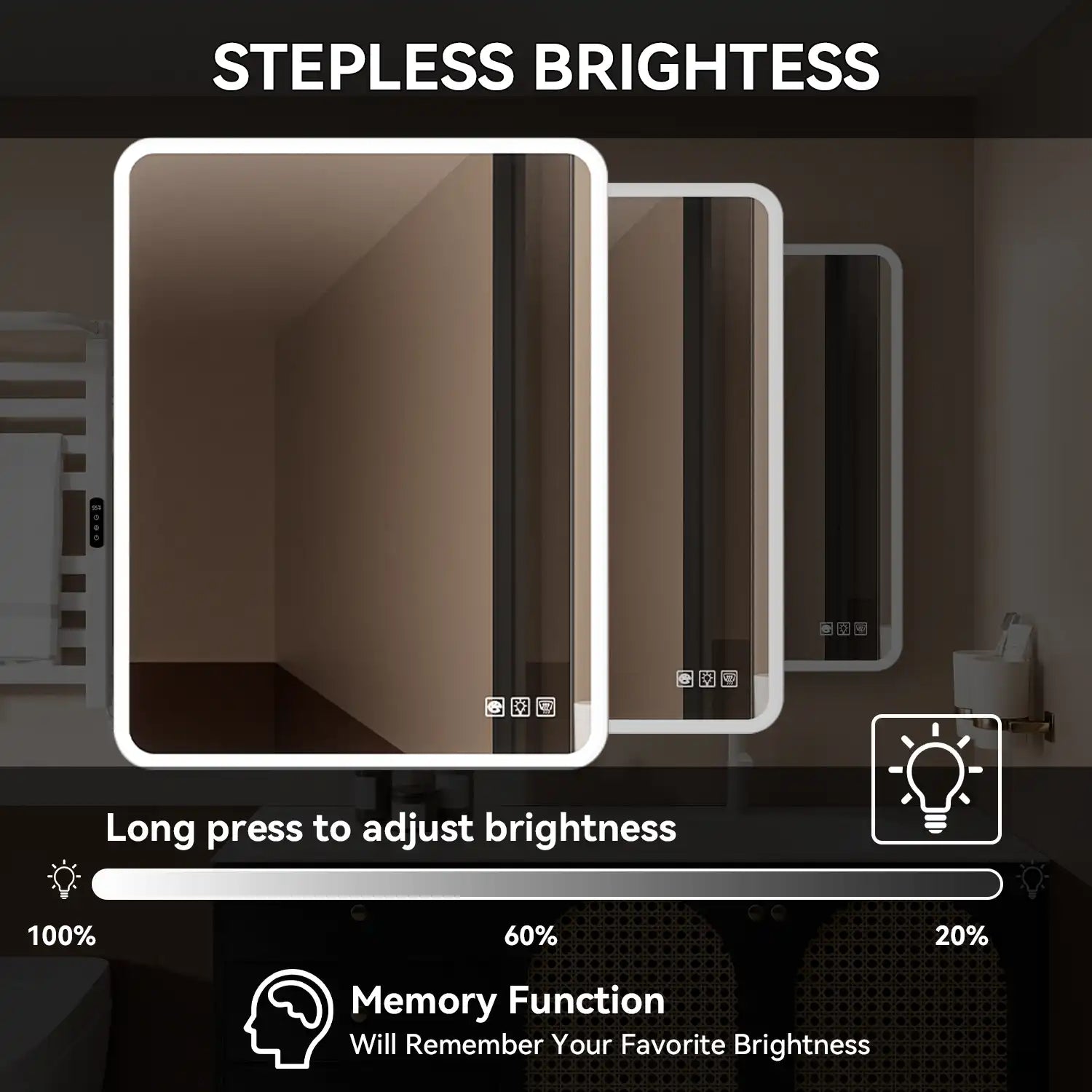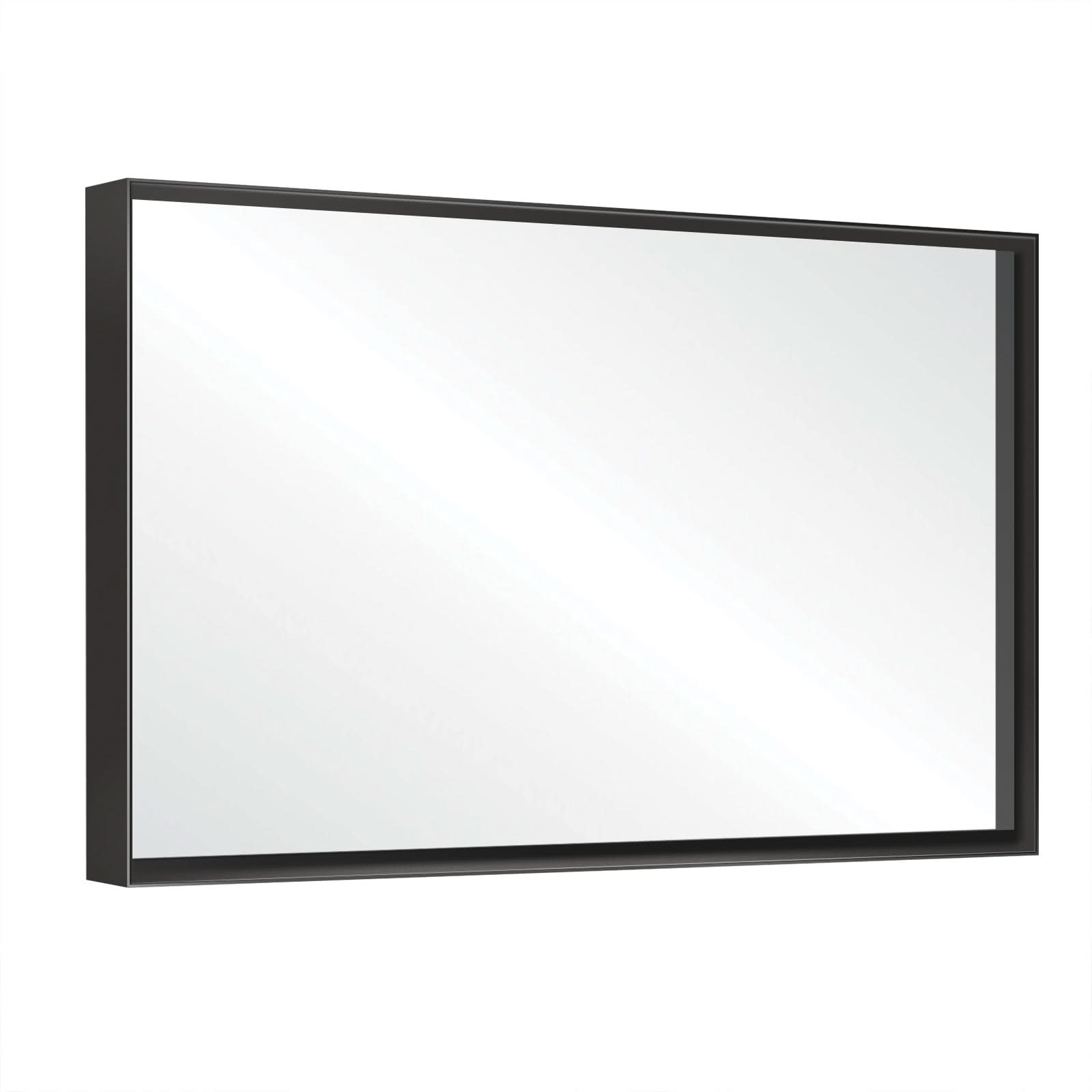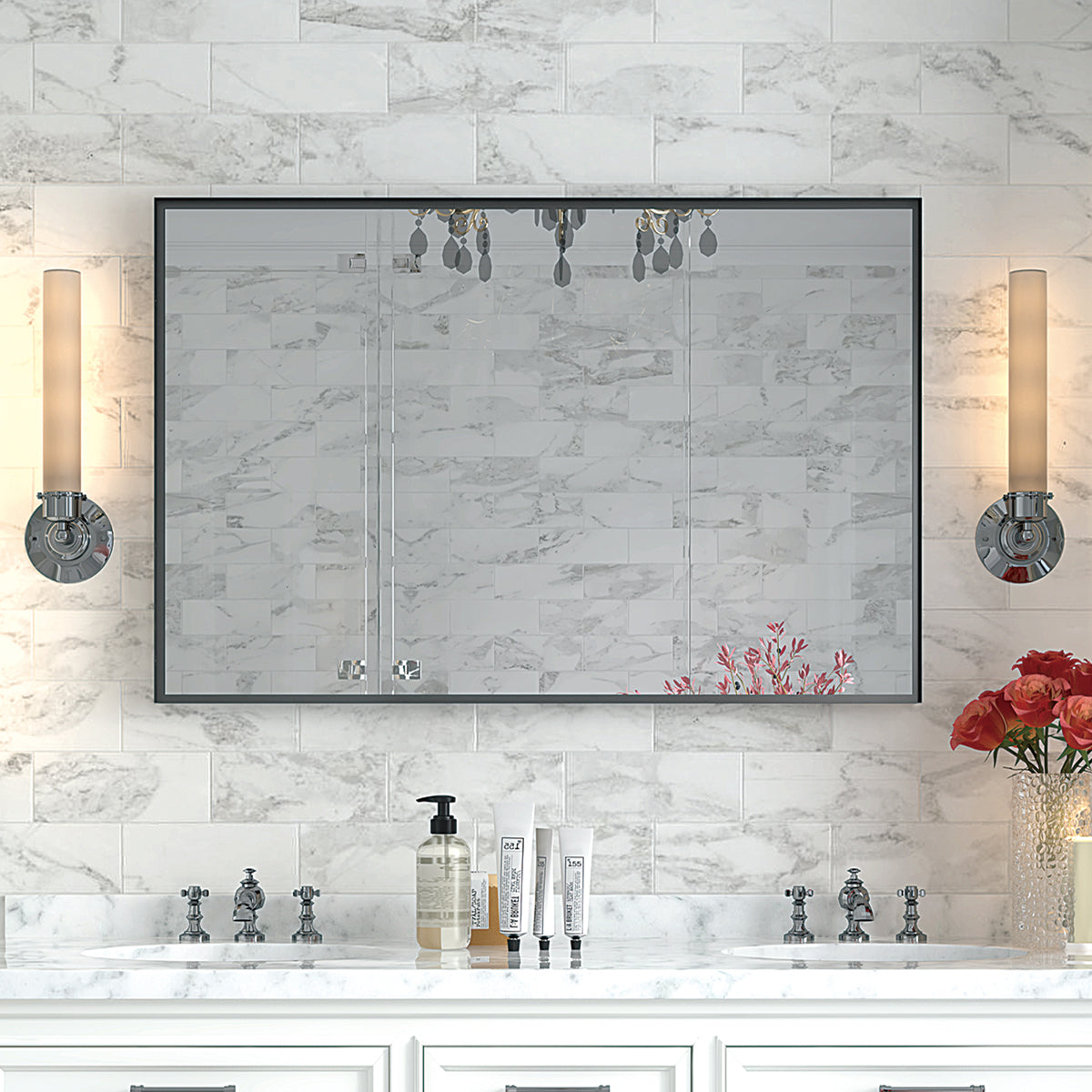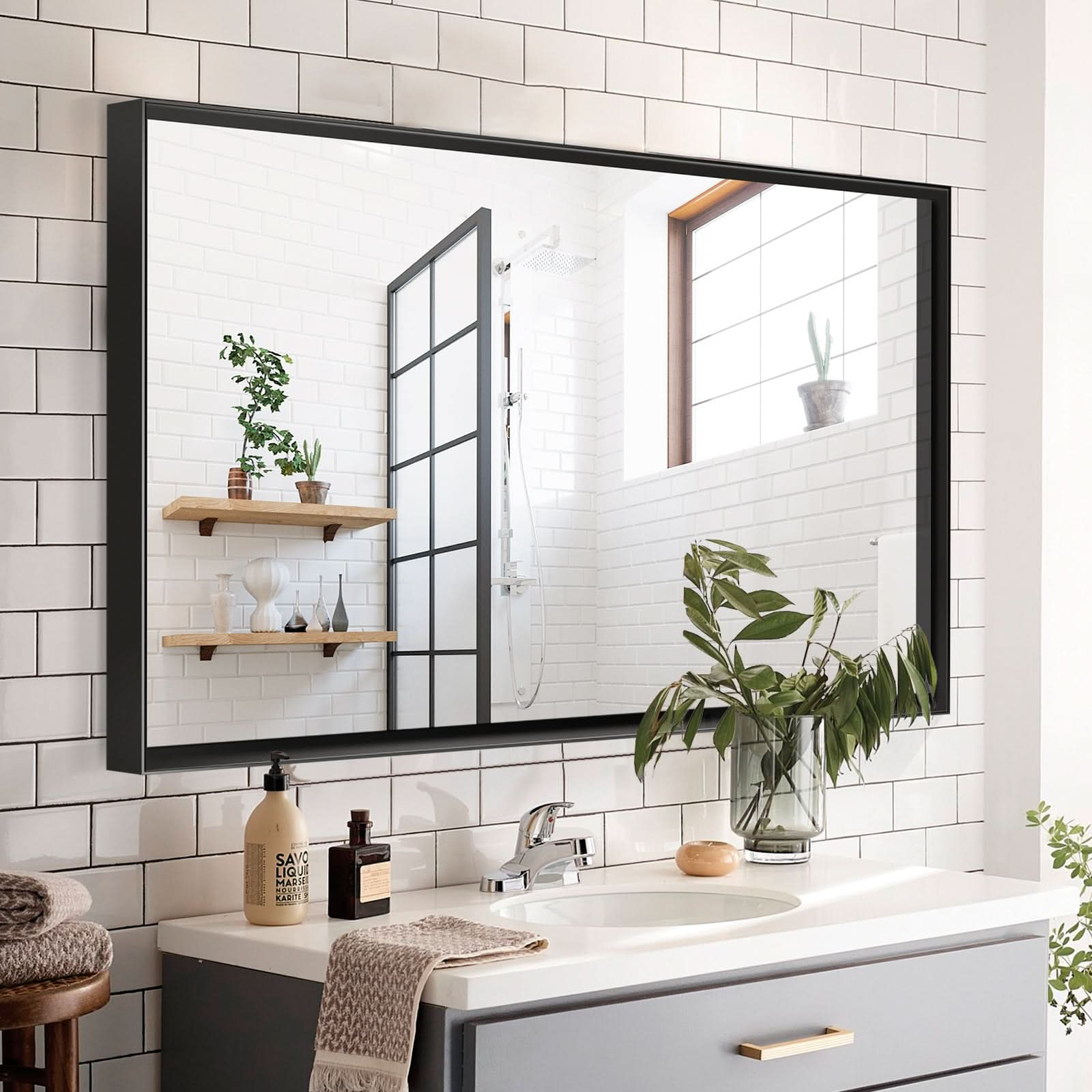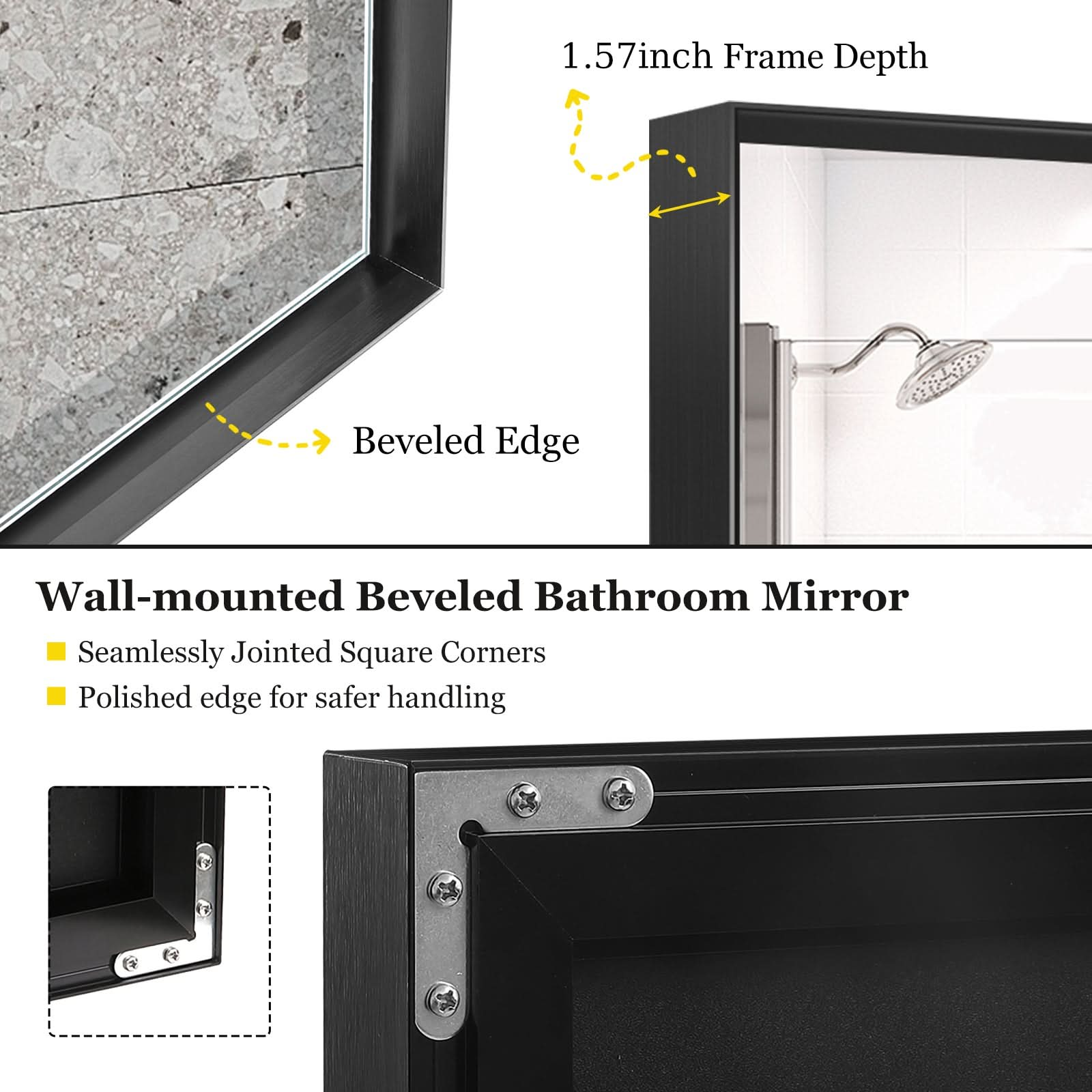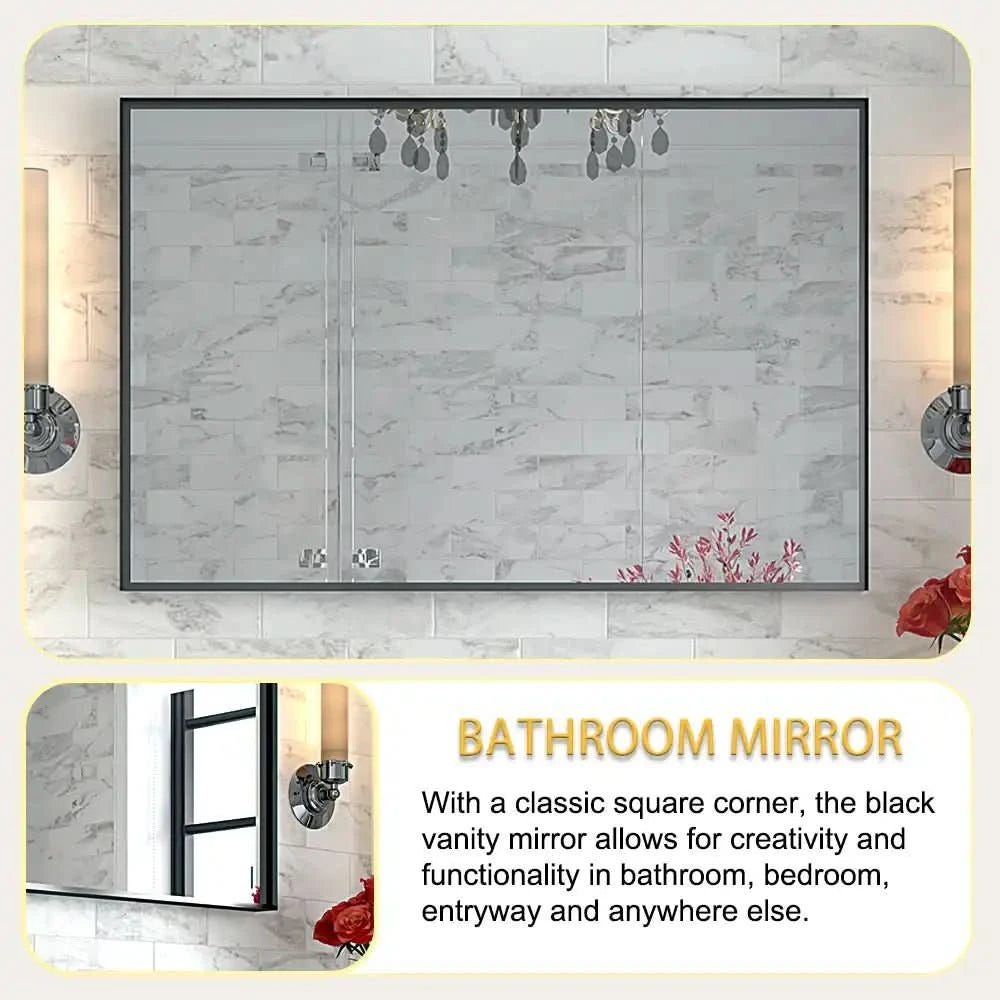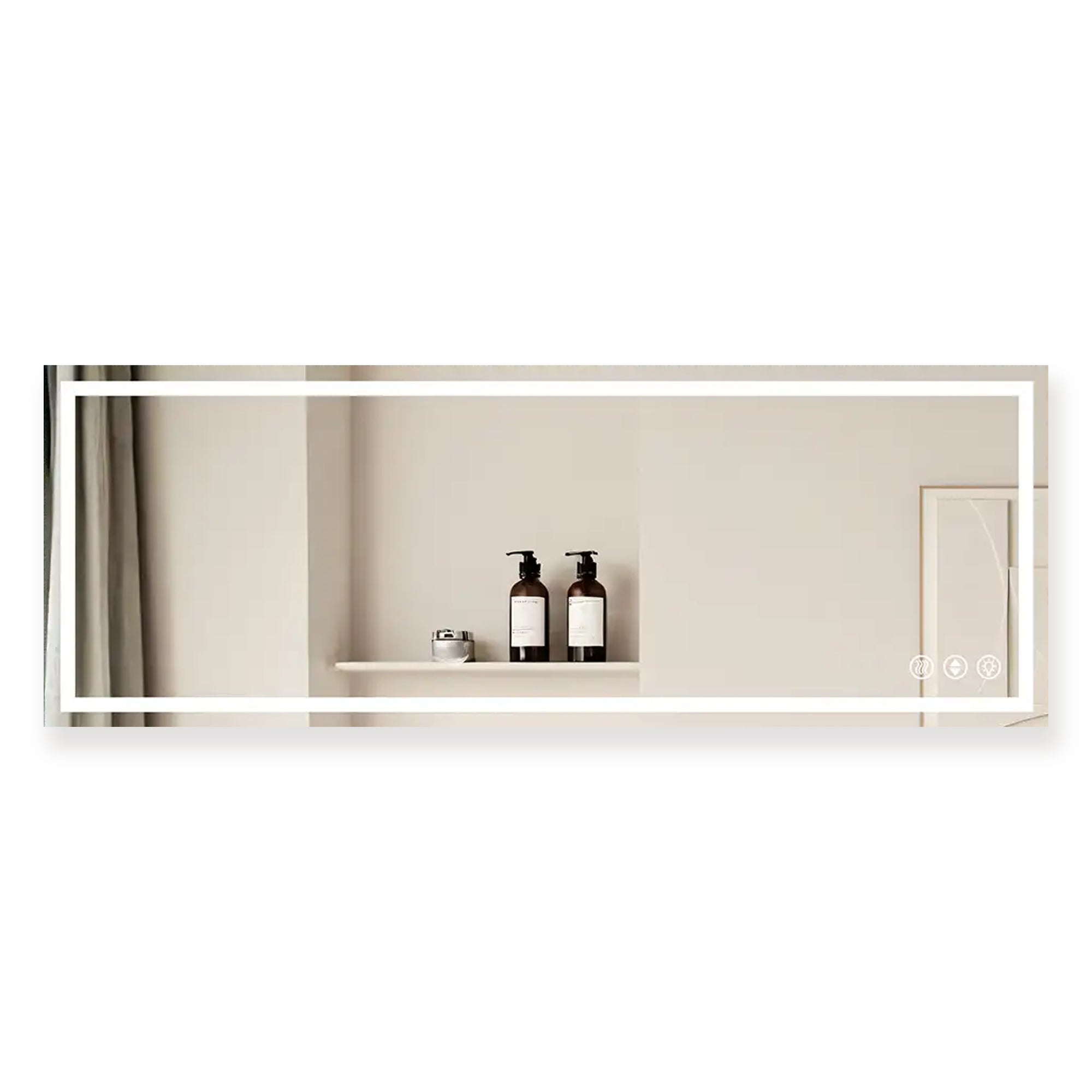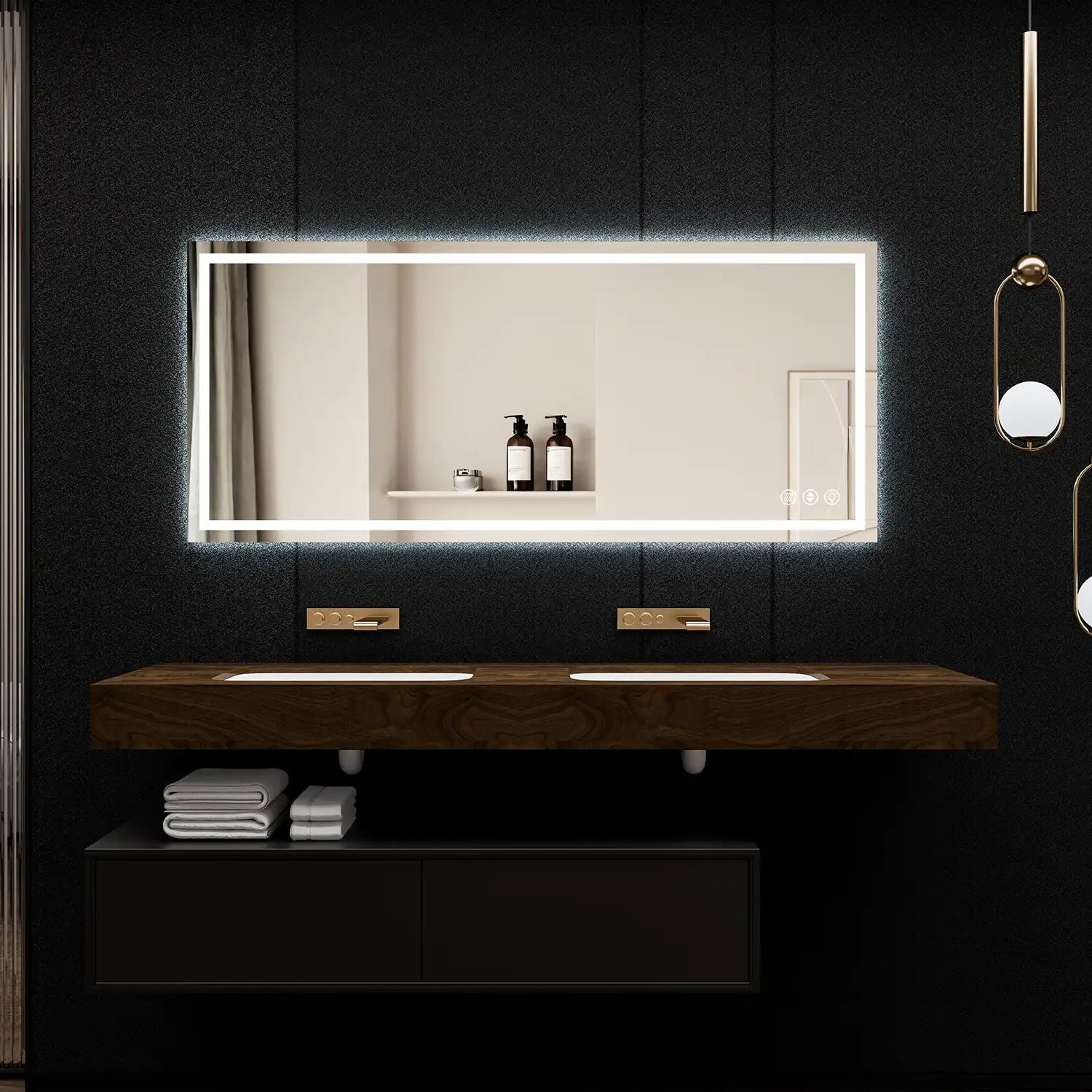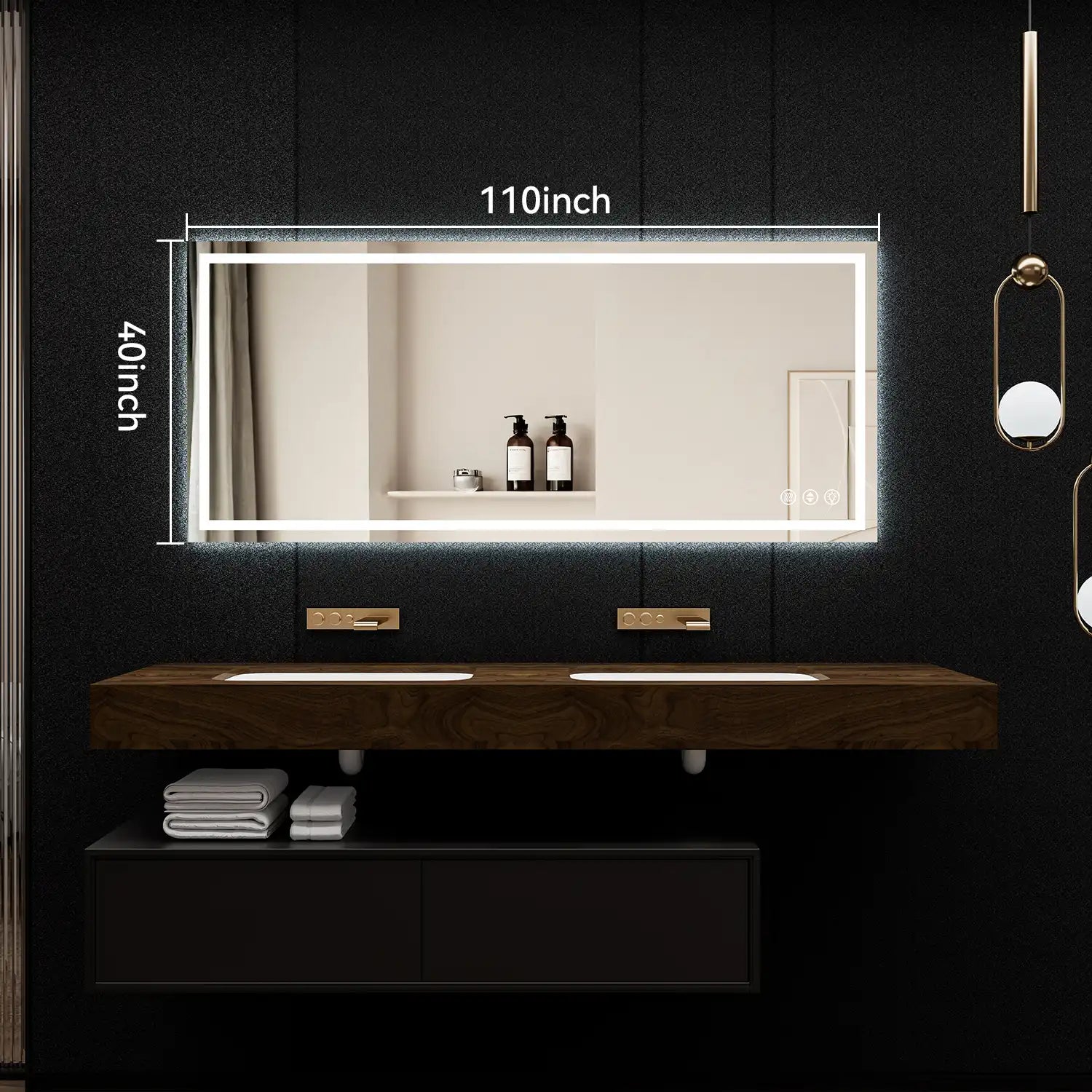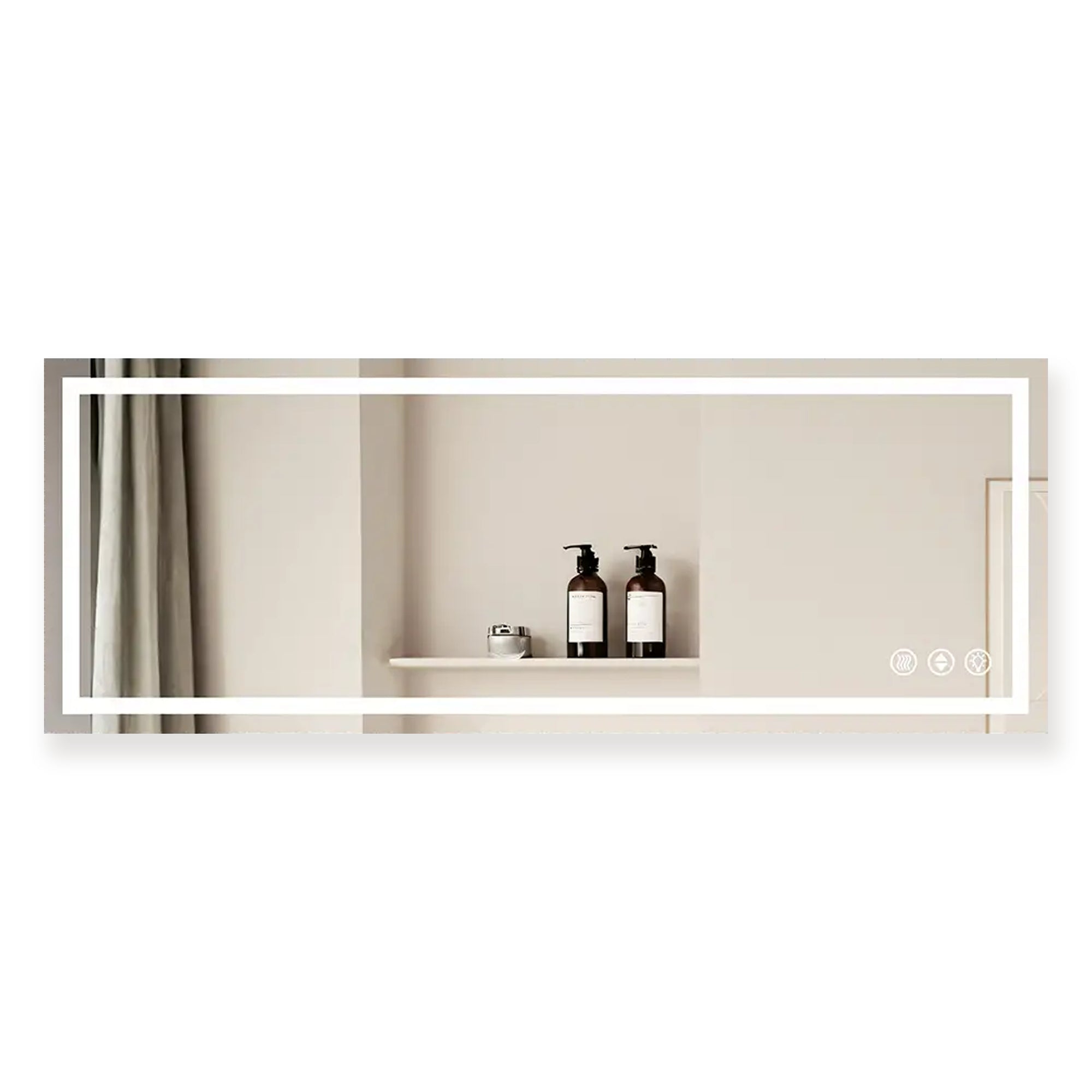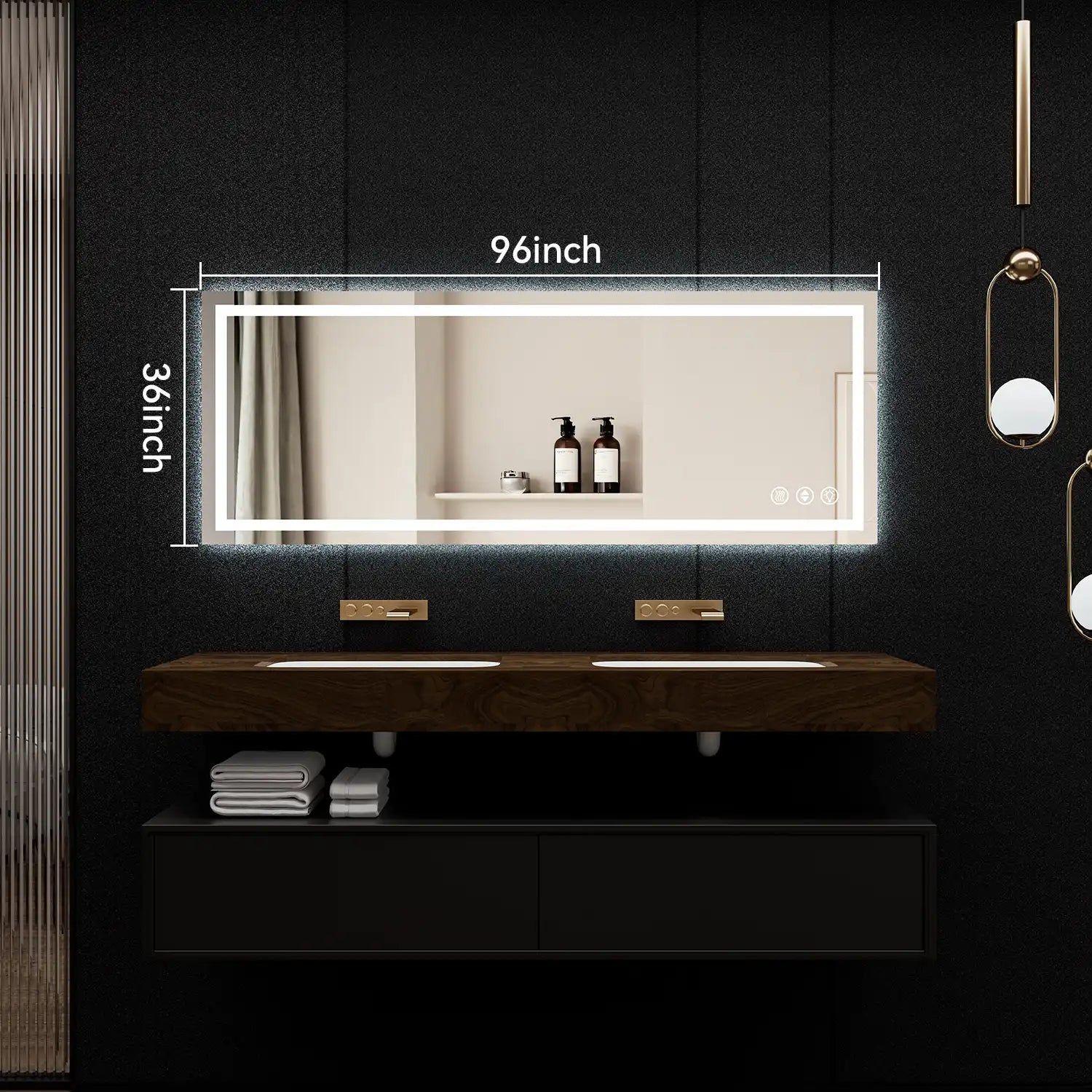Unlike regular glass, tempered glass is strong and safe, and this is why you can find it everywhere in today's bathroom designs, from shower doors to glass shelves. But if you're considering reshaping or resizing it for a DIY bathroom project, the big question arises: Can you cut tempered glass?
The short answer is no. Attempting to cut tempered glass is not only ineffective — it’s dangerous. This article explores why tempered glass is uncuttable, what your alternatives are, and how to safely work with glass in your renovation project.
Table of Contents:
- 1. What Is Tempered Glass and Why You Can’t Cut It?
- 2. What Happens If You Try to Cut Tempered Glass?
- 3. Alternatives When You Can’t Cut Tempered Glass
- 4. If You Can’t Cut Tempered Glass, Here’s What You Can Cut Instead
- Conclusion: Cutting Tempered Glass Is a Hard No — But You Still Have Options
- FAQ: Expert Answers on Cutting Glass for Bathroom Projects
What Is Tempered Glass and Why You Can’t Cut It?
Before diving into the risks of cutting tempered glass, it’s essential to understand the different types of glass commonly used in interior design and construction:
1. Annealed (Regular) Glass
Also known as float glass, this is the standard glass that hasn't been heat-treated. This glass breaks into large, sharp shards and is relatively easy to cut with typical tools such as a glass cutter and straight edge.
2. Tempered Glass
Tempered glass, also called toughened glass, is heat-treated to be 4-5 times stronger than regular glass. It undergoes a thermal tempering process that changes its internal structure. It shatters into small, blunt pieces instead of the sharp shards upon impact. This makes it ideal for bathroom environments, where safety is a priority.
3. Tempered Glass with Safety Film
Some of the tempered glass goods are covered by an explosion-proof film, so that even the small, blunt shards don't disperse when the glass breaks, helping to minimize the risk of injury.
4. Laminated Glass
Laminated glass is made from two or more layers of glass with plastic interlayers (usually PVB) between them. It stays whole when smashed and is often found in high-end shower panels, where strength and sound insulation are imperative.
Understanding the glass type you're working with is critical — because how you handle it depends entirely on how it was made.

What Happens If You Try to Cut Tempered Glass?
Cutting tempered glass is not like cutting wood or tile. Once tempered, glass cannot be drilled, cut, or reshaped. Any attempt of cutting tempered glass will result in glass shattering. This is not only destructive to the material but also a serious safety hazard.
Here’s why:
-
During tempering, the glass is heated to over 600°C and then rapidly cooled, creating internal stress.
-
These internal stresses are pinned down for perpetuity —they are also what makes tempered glass strong.
-
Cutting into the glass will disrupt that balance, causing the entire sheet to explode into tiny fragments.
-
Even if the glass doesn’t immediately shatter, microscopic stress fractures can form, leading to spontaneous breakage days or weeks later
🧠 What the Experts Say:“Tempered glass must be cut, drilled, notched, or edge-finished prior to the tempering process. Once tempered, any attempt to modify the glass will result in fracture.”
— Glass Association of North America (GANA), Flat Glass Technical Manual“Modifications to tempered glass after fabrication are prohibited due to safety and performance risks.”
— Safety Glazing Certification Council (SGCC)
Alternatives When You Can’t Cut Tempered Glass
If your bathroom renovation project requires a non-standard glass dimension, you have several safe and professional options:
1. Order Custom-Cut Tempered Glass
The best approach is to work with a glass supplier or fabricator who can cut the glass to your specifications before tempering it. Once it’s been tempered, the shape is final. Contact vendors to create shower doors, panels, or shelves based on your exact measurements and designs.
2. Use Regular Glass for DIY Cuts
If the glass doesn’t need to be safety-rated (e.g., a decorative panel or mirror backing), you can opt for annealed glass and cut it yourself using proper tools and technique. Just be sure it's not used in areas where breakage could pose a danger.
3. Avoid "De-Tempering" or Annealing Tempered Glass
Some people might mention that tempered glass can be cut by reheating it to reverse the tempering process. This is extremely unsafe and not recommended for DIYers:
-
Requires industrial-grade ovens and temperature control.
-
Risks thermal explosion or inconsistent structural integrity.
-
Produces results that are rarely safe or usable.
This De-Tempering process should only ever be attempted by professionals with specialized equipment. Even then, it's generally avoided in favor of proper fabrication from the start.
Instead of asking “can you cut tempered glass”, consider ordering a custom tempered shower door from ACE DECOR, designed to fit your bathroom perfectly.
If You Can’t Cut Tempered Glass, Here’s What You Can Cut Instead
If your project allows for regular glass, you can cut it yourself with caution and appropriate equipment. Here’s a basic step-by-step guide:
What You’ll Need:
-
Glass cutter with a carbide or diamond wheel
-
Straight edge or metal ruler
-
Glass-cutting oil (optional, but highly recommended)
-
Safety gear: gloves, eye protection, long sleeves
-
Clean, flat work surface

Steps:
-
Measure and mark: Use a marker to draw your cutting line. Align a straight edge along the line.
-
Add cutting oil: Apply a small amount of glass-cutting oil along the cutting line before scoring to ensure a smoother, cleaner break.
-
Score the surface: Run the cutter firmly along the line once only. Too much pressure or multiple passes can create uneven scores.
-
Snap the glass: Gently press on both sides of the score line. The glass should snap cleanly along the score.
-
Smooth the edges: Use fine-grit sandpaper or a sharpening stone to remove any sharp edges.

Pro Tips:
-
Don't attempt to cut laminated or tempered glass using this method.
-
Always wear protective gear — even regular glass can splinter unexpectedly.
-
Practice on scrap pieces before working on your final cut.
Conclusion: Cutting Tempered Glass Is a Hard No — But You Still Have Options
If you came here just wondering “can you cut tempered glass?”, the professional, technical, and safe answer is a clear no. Tempered glass is engineered for strength and safety, but that engineering also makes it impossible to alter post-production.
Instead of risking injury or ruining your material, choose one of the following:
-
Order custom-cut tempered glass if safety and precision are needed.
-
Use annealed glass for non-critical applications you can cut by yourself.
When it comes to bathroom design, working with glass is as much about knowing the material as it is about aesthetic appeal. Respect the science behind tempered glass — and make informed decisions for a safe, successful renovation.
FAQ: Expert Answers on Cutting Glass for Bathroom Projects
Q1: What happens if I try to cut tempered glass with a glass cutter?
A1: It will likely shatter immediately due to the internal stress from the tempering process. It’s both dangerous and ineffective.
Q2: Is there any way to resize tempered glass safely?
A2: Only before tempering. You must order it cut to size from the start. Once tempered, it cannot be resized or reshaped.
Q3: What glass type is best for DIY bathroom projects?
A3: For non-critical or decorative elements, annealed glass is best. It’s easy to cut with standard tools and techniques. For structural or wet-area installations, always use tempered or laminated glass — ordered pre-cut from a supplier.
Q4: Is it ever worth trying to de-temper glass for cutting?
A4:
How to Fix a Cracked Mirror: A Complete Guide for DIY and Replacement
Finding the Best Glue for Glass: A Practical Guide Based on Use Cases and Material Compatibility
Shower Door Glass Options Demystified: What Every Home Renovator Should Know


